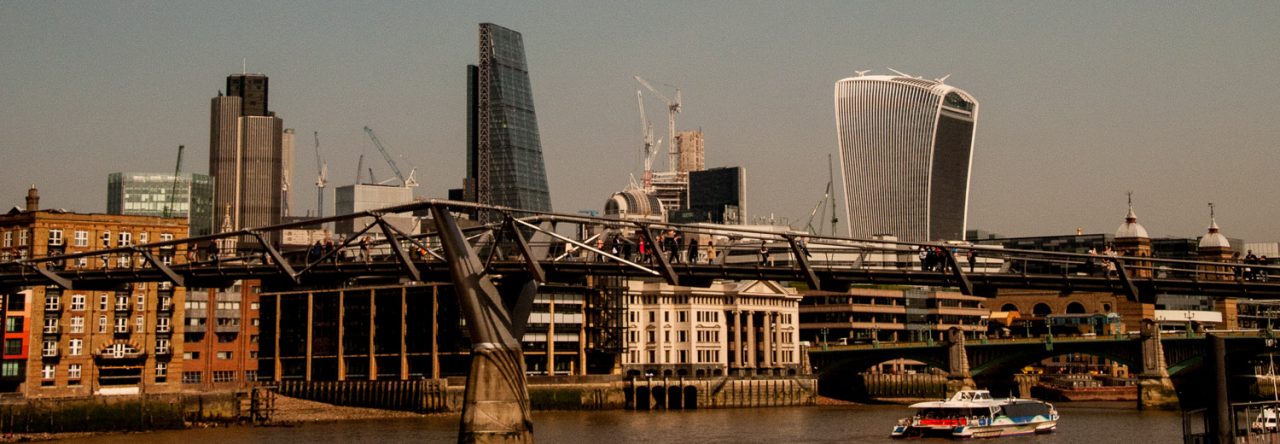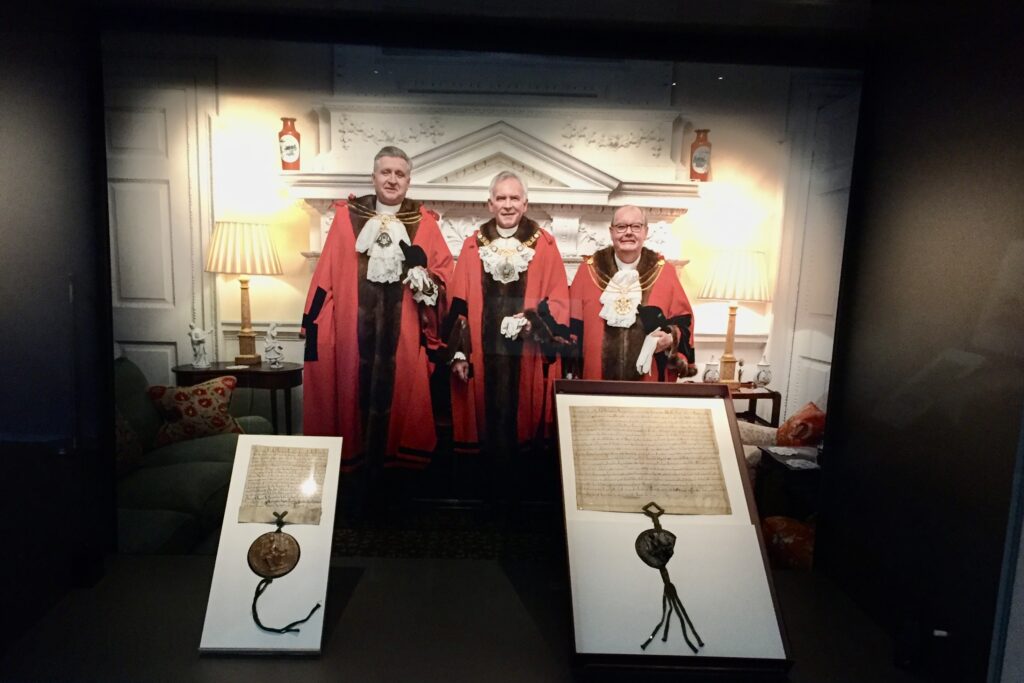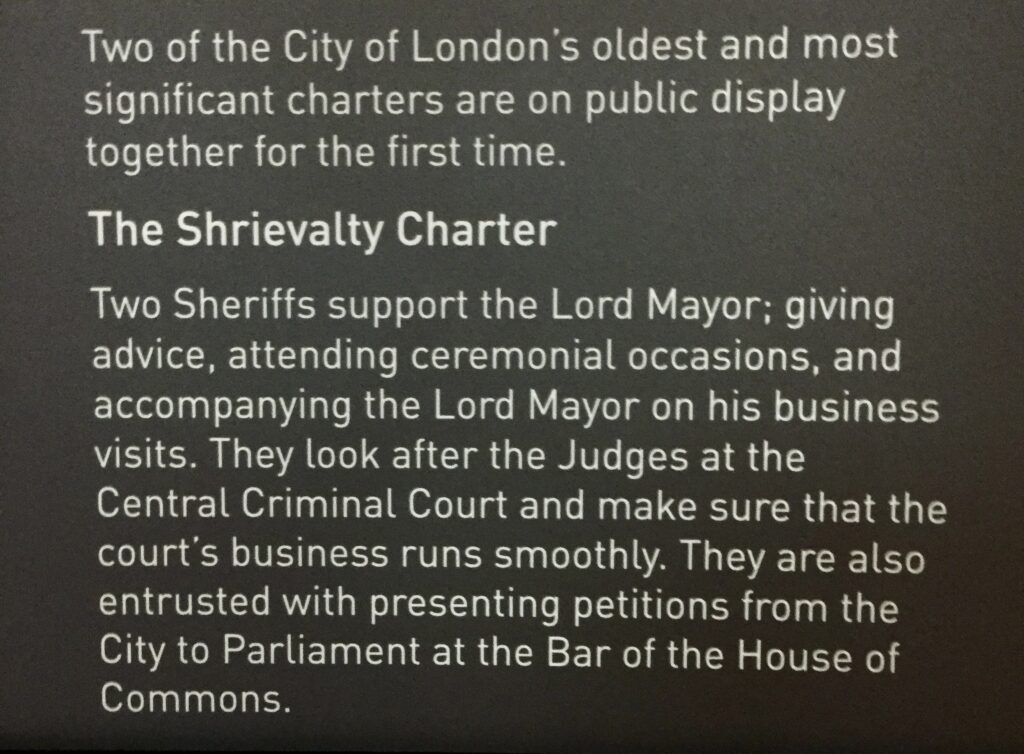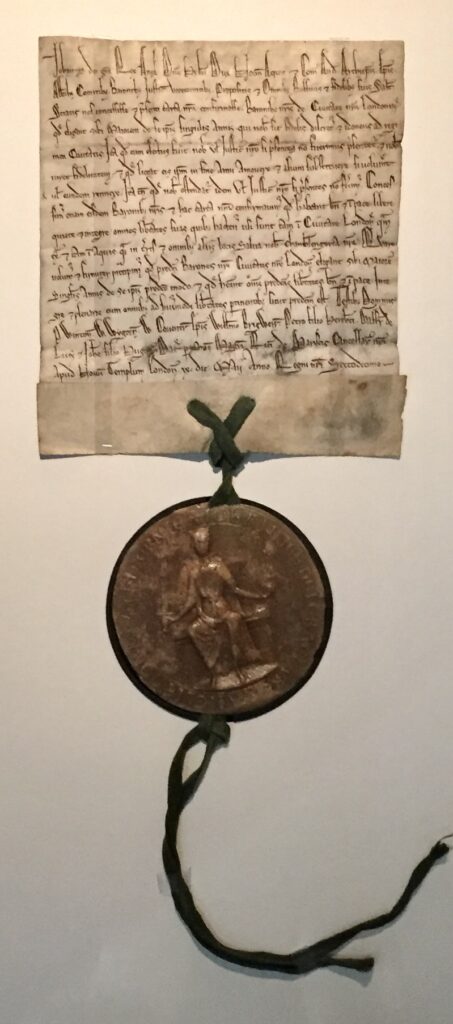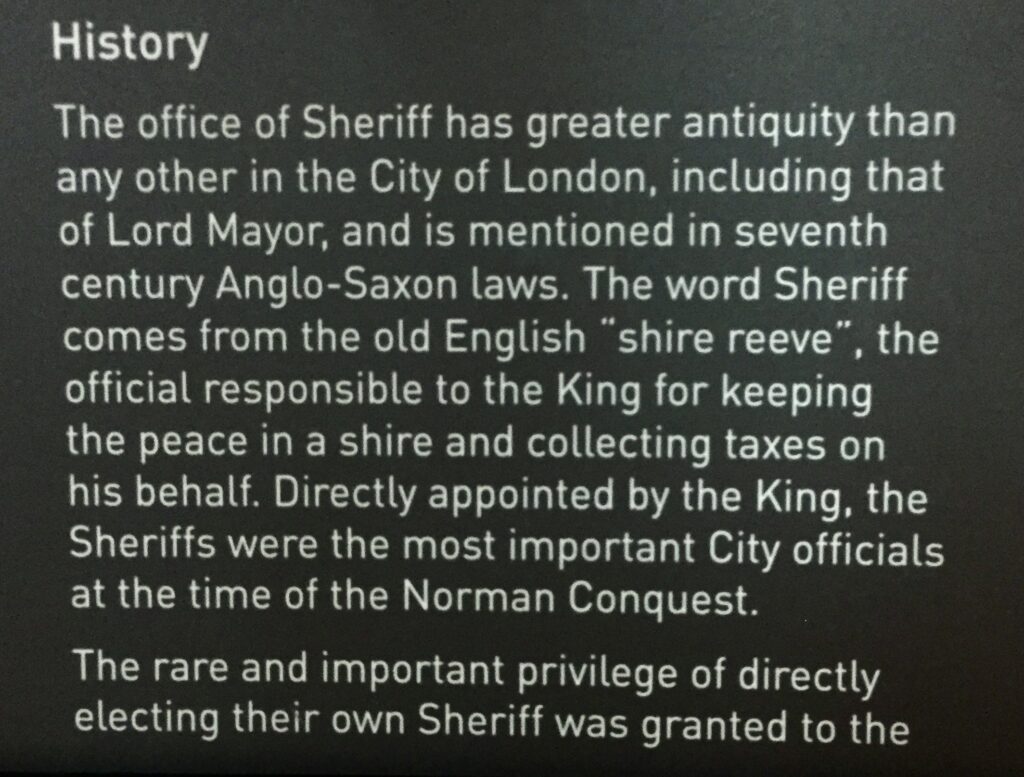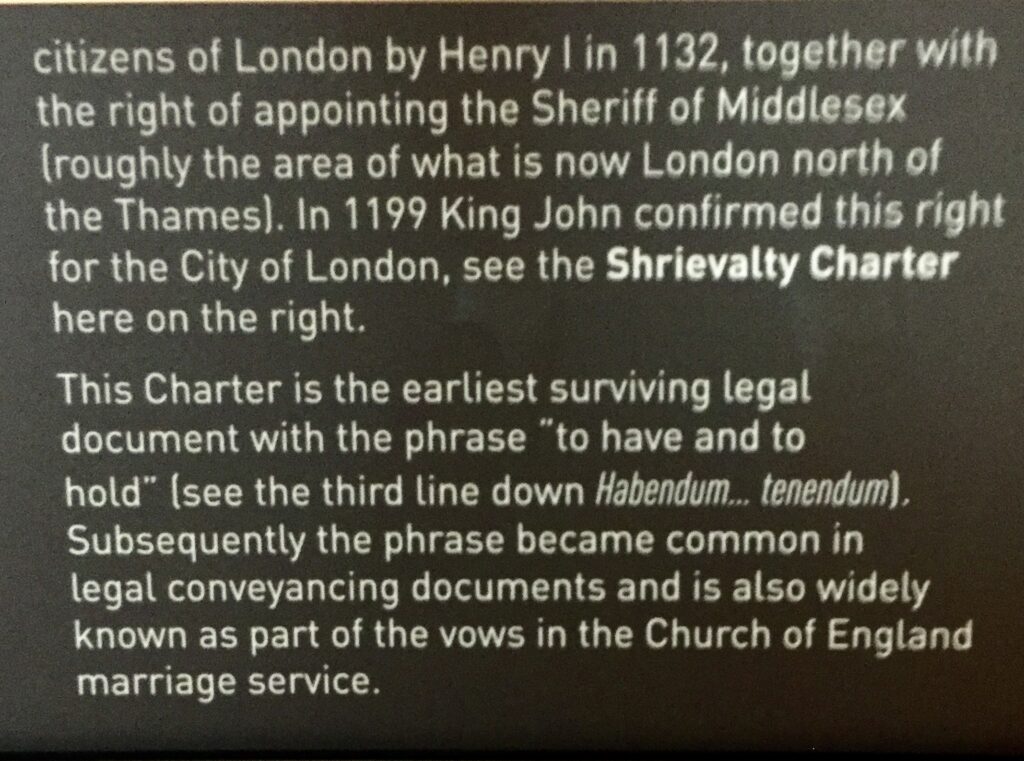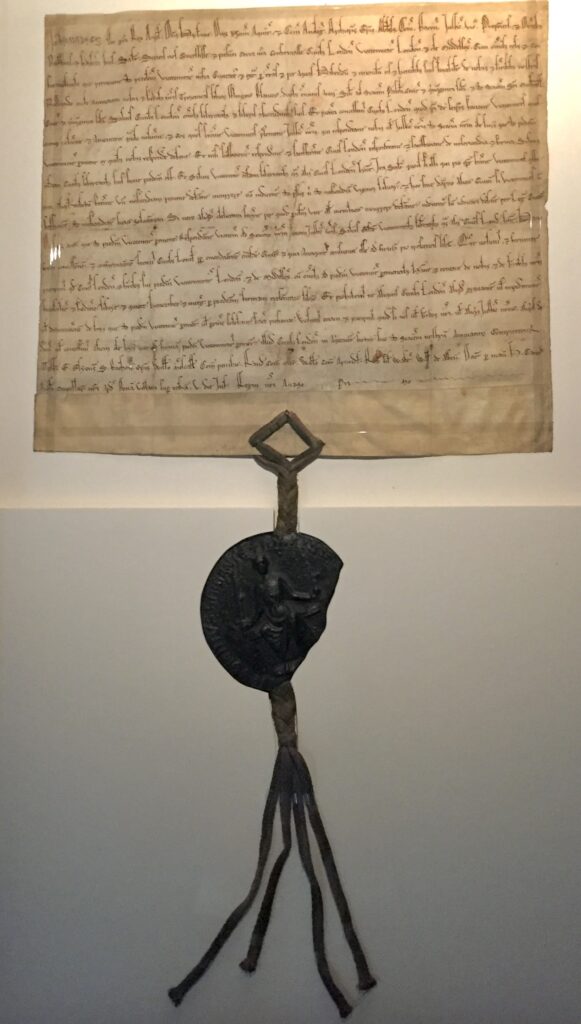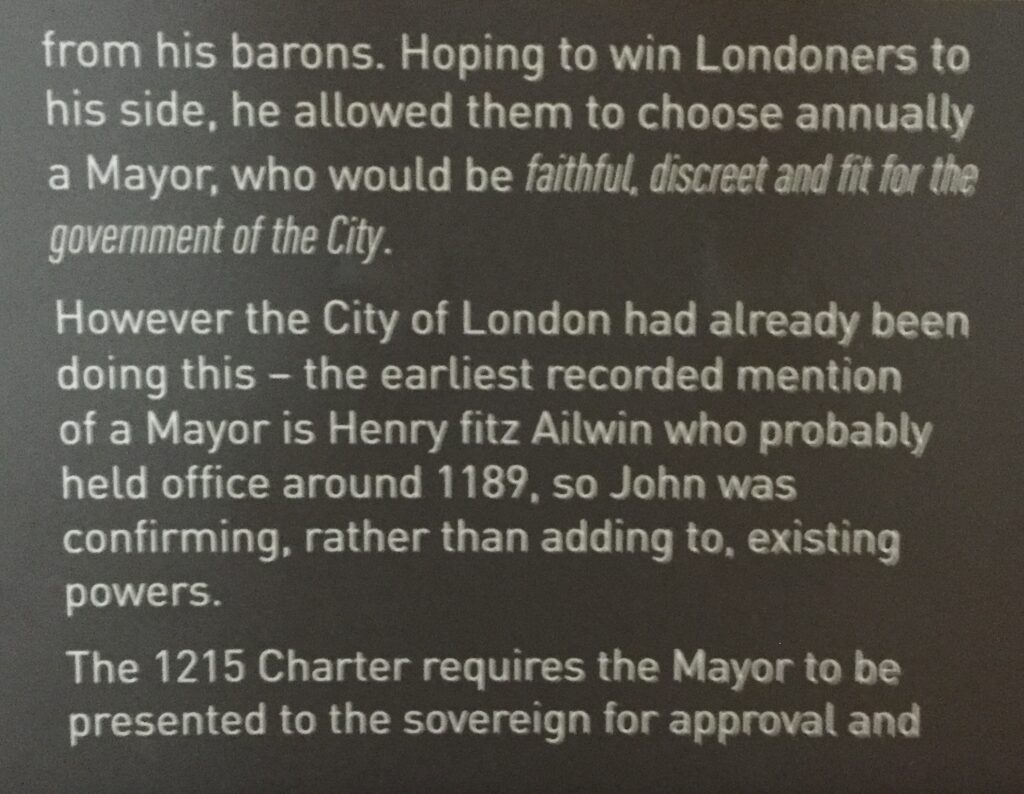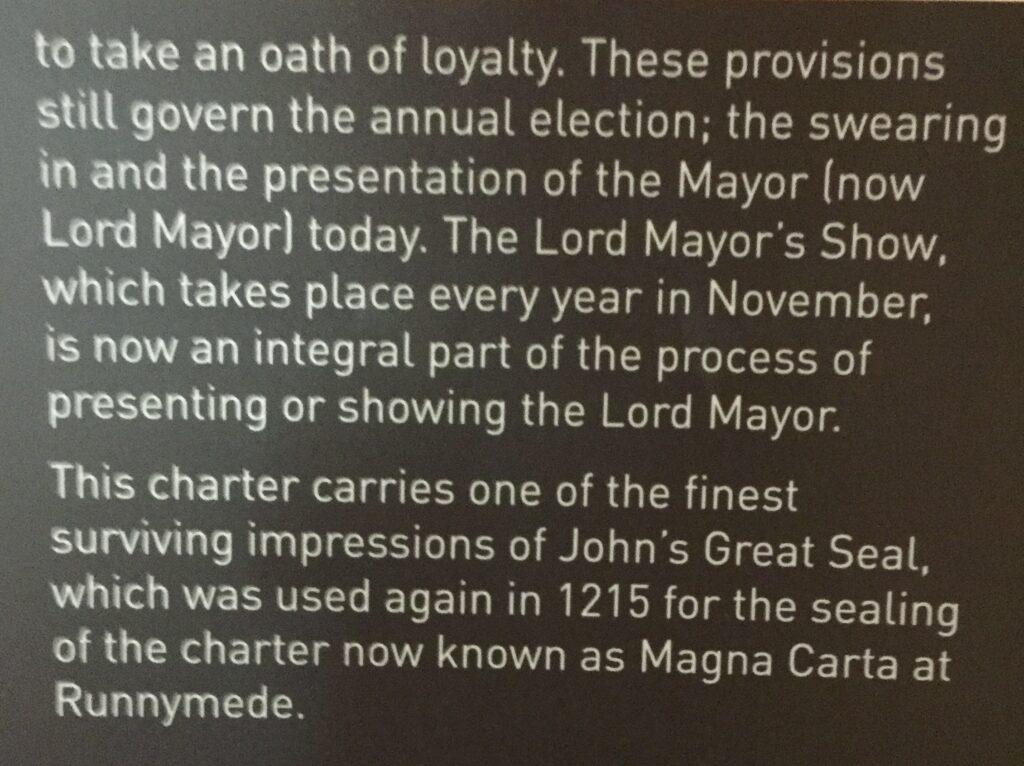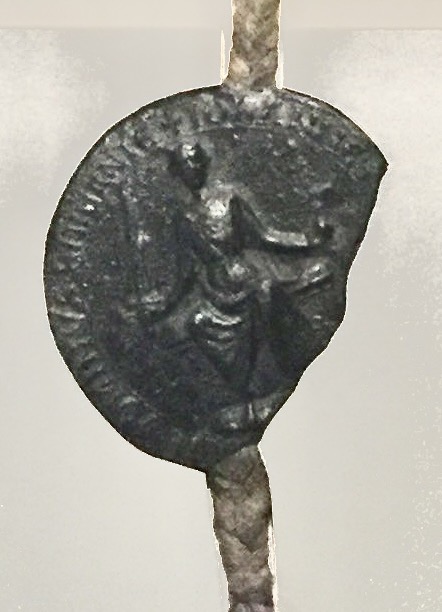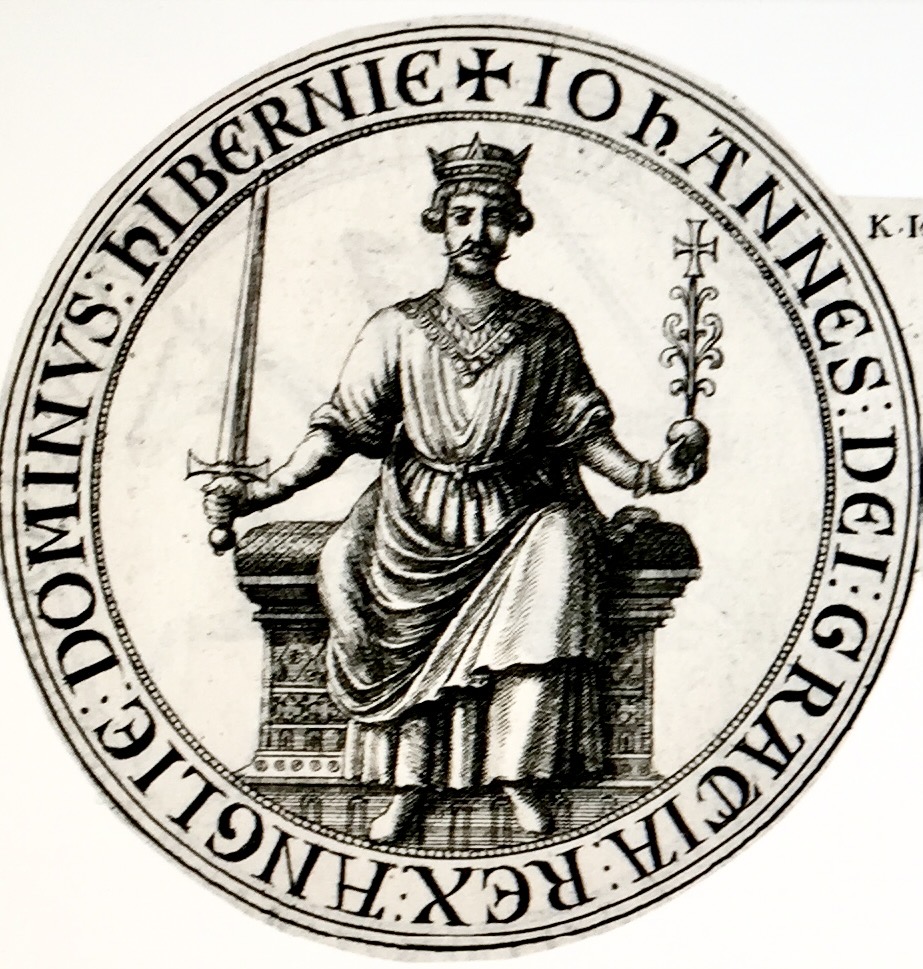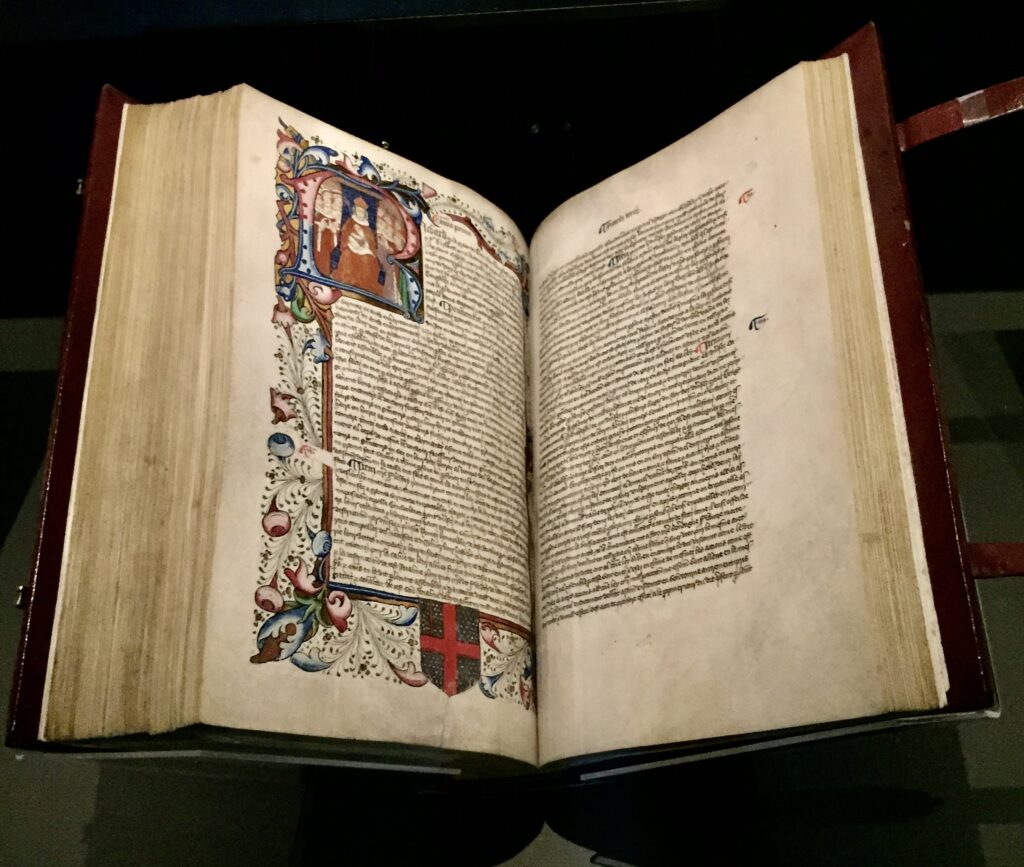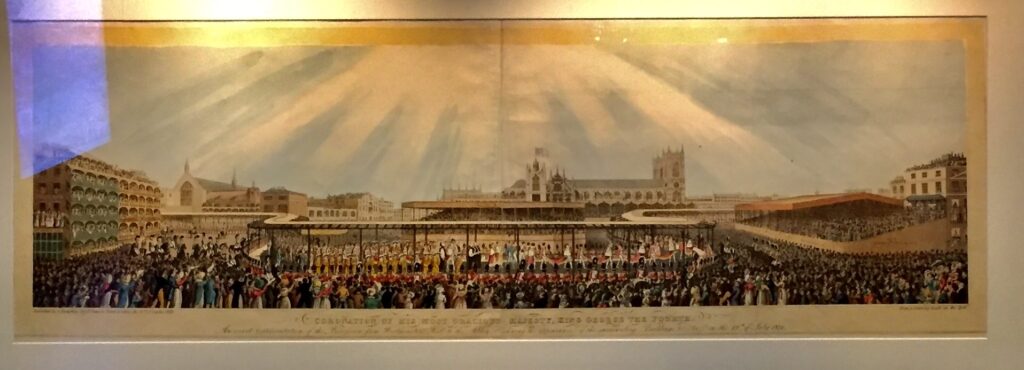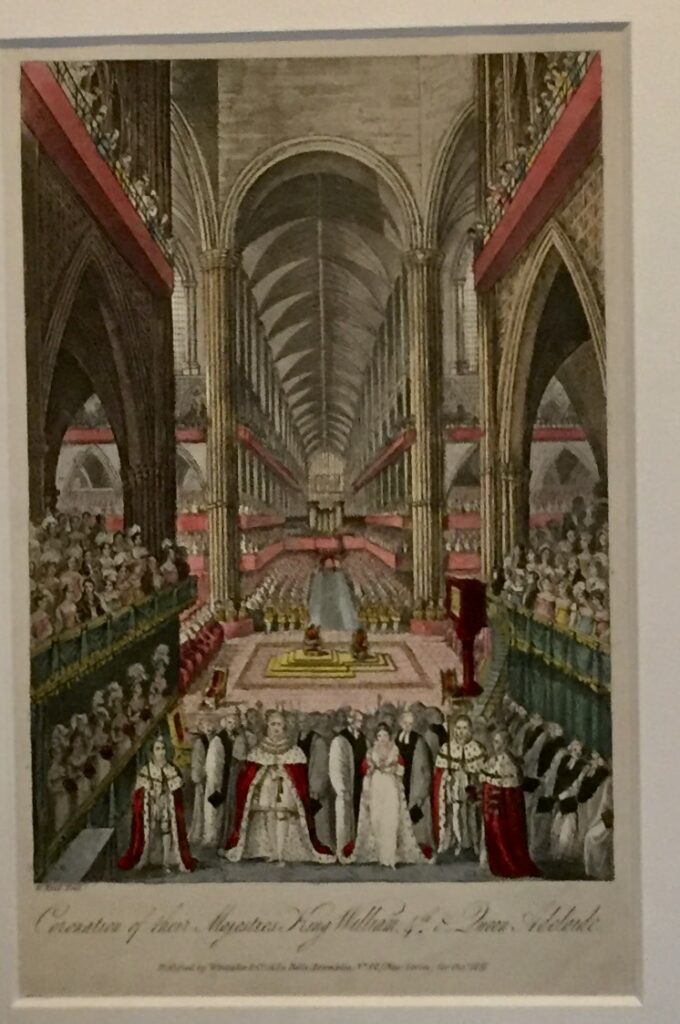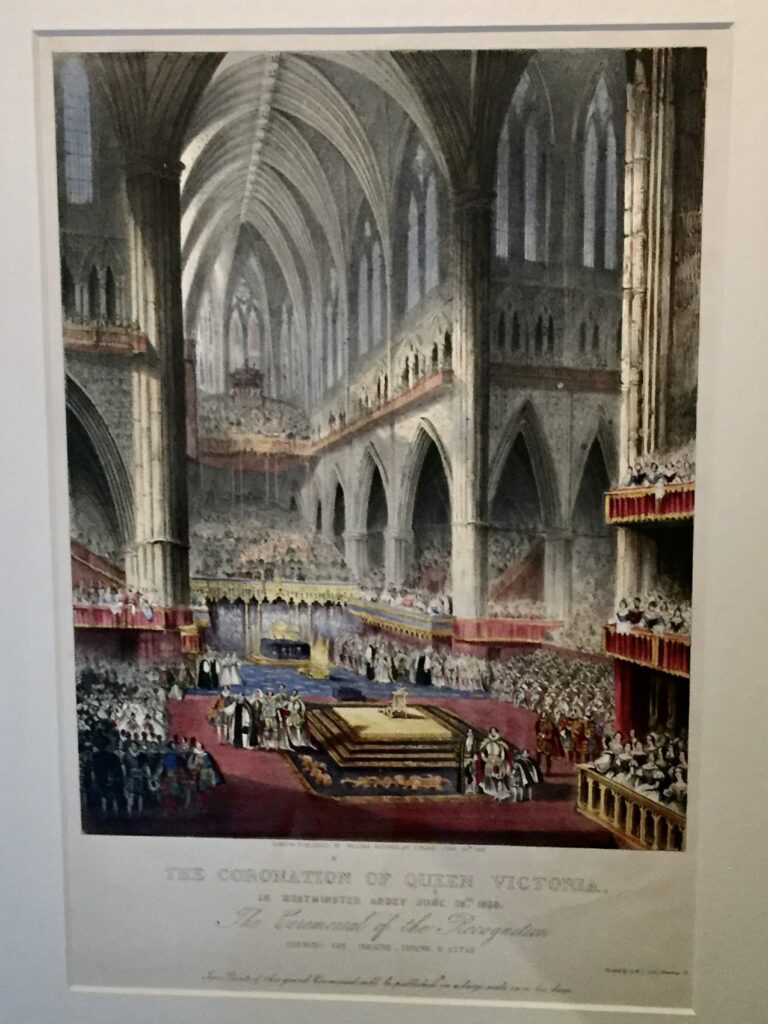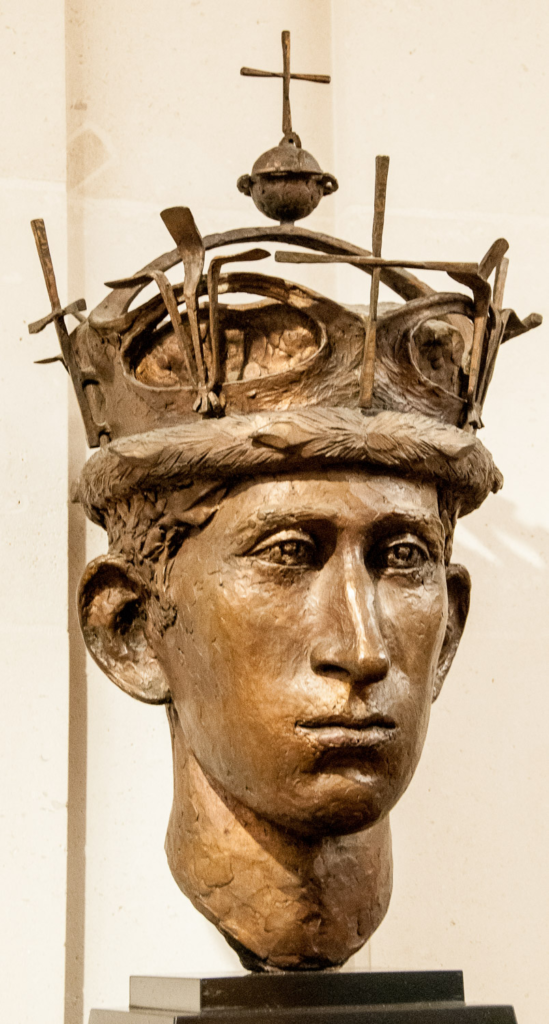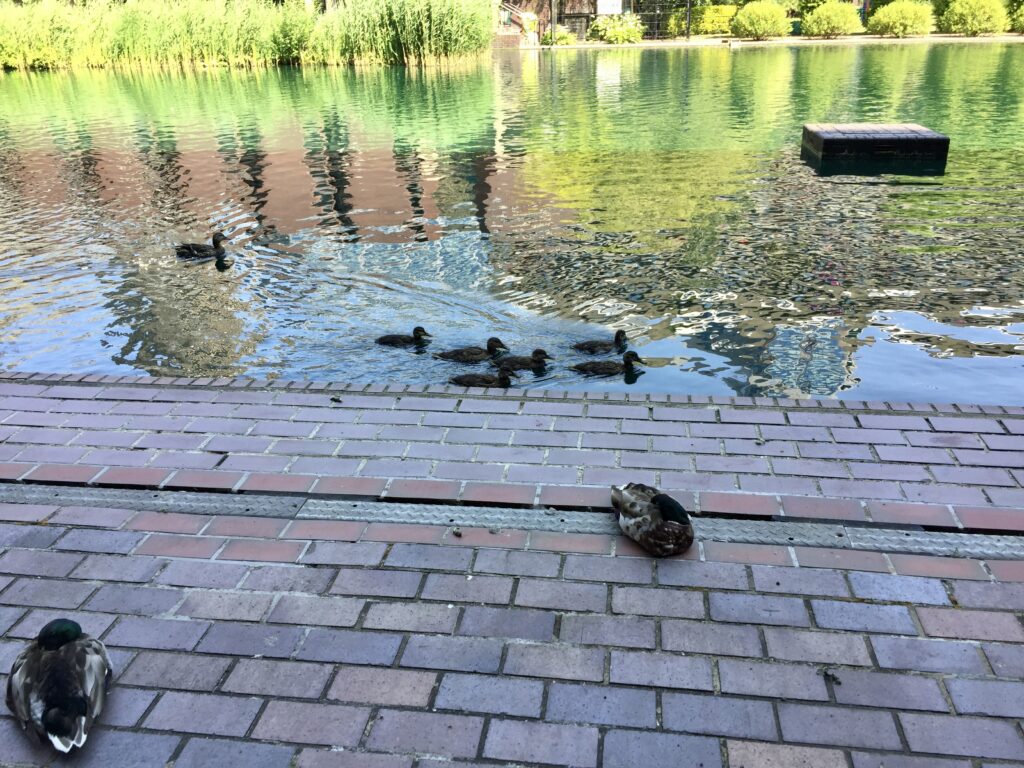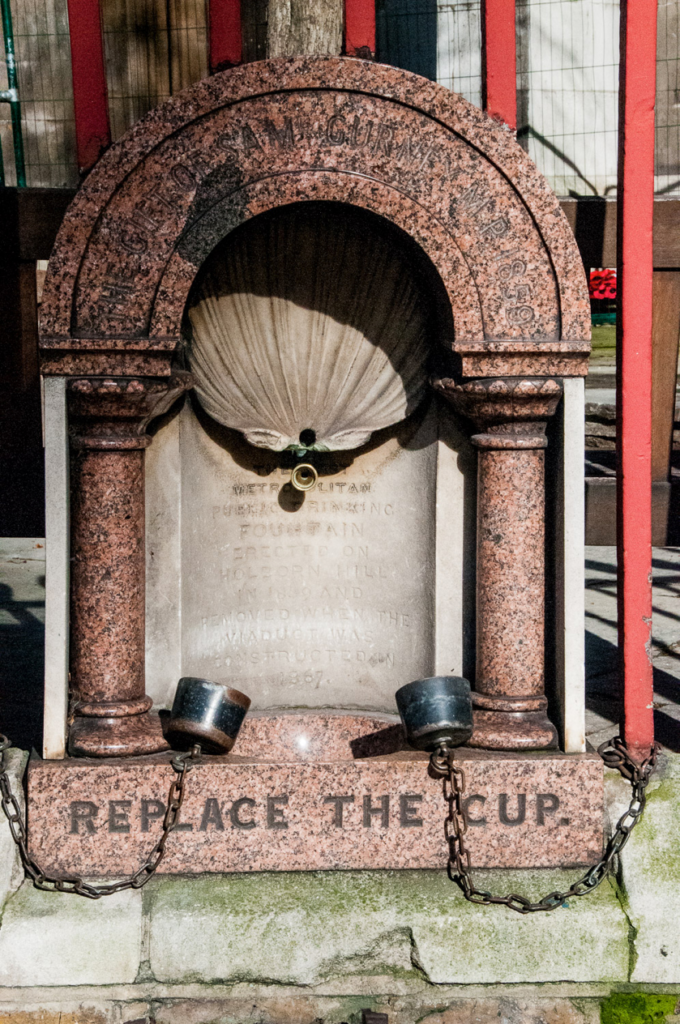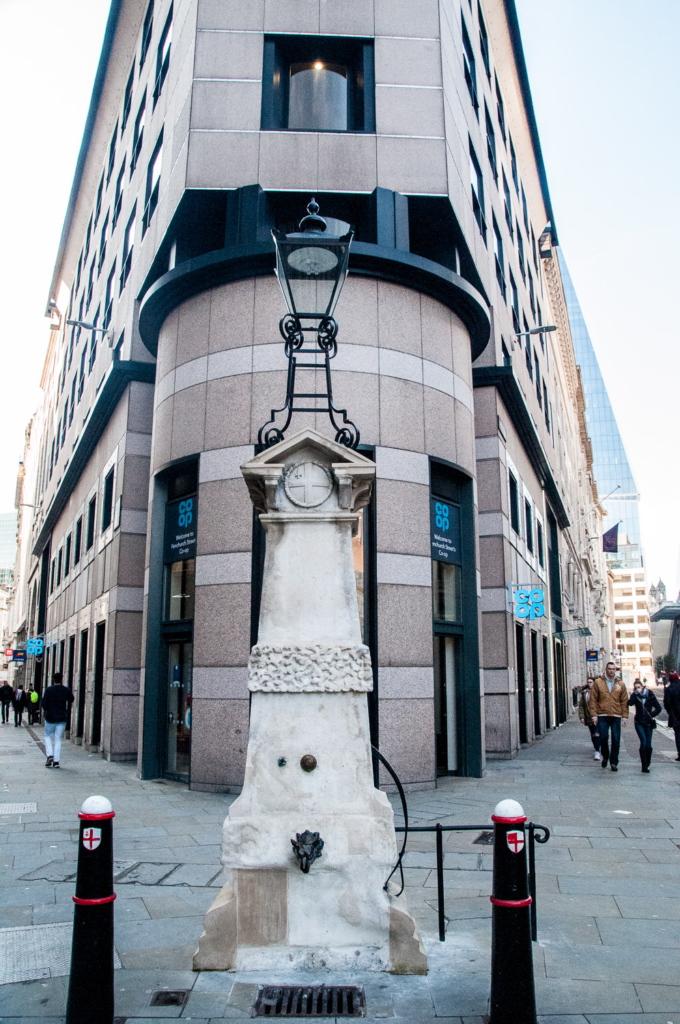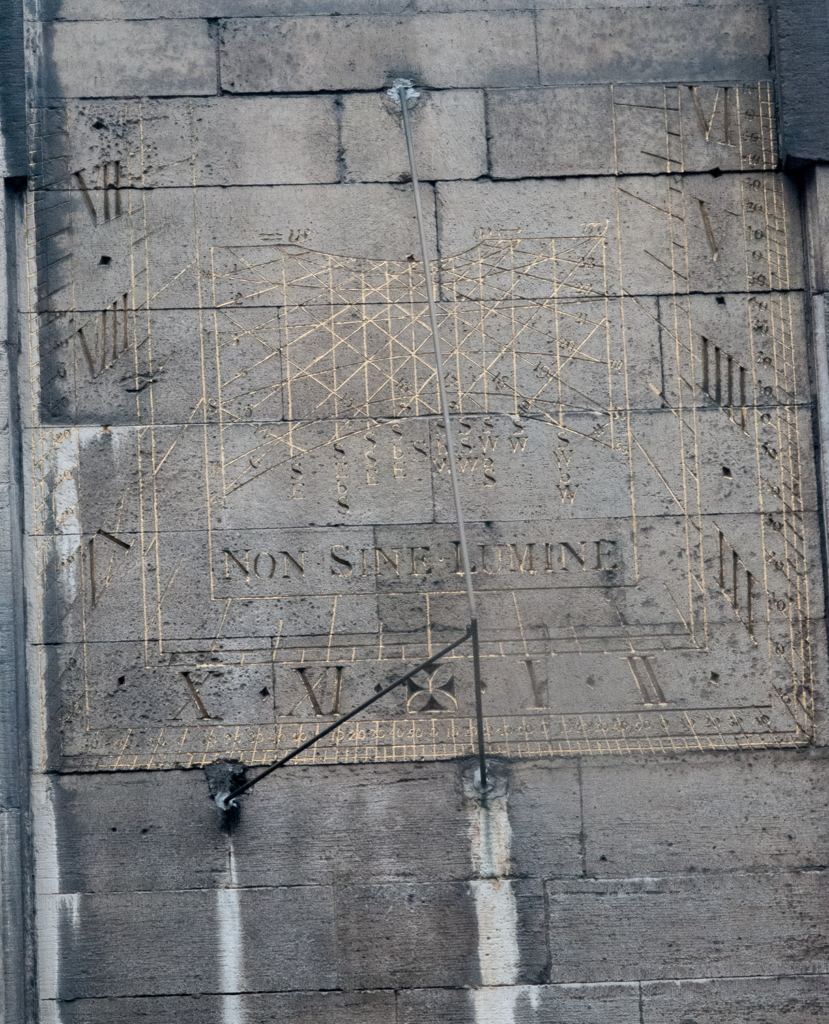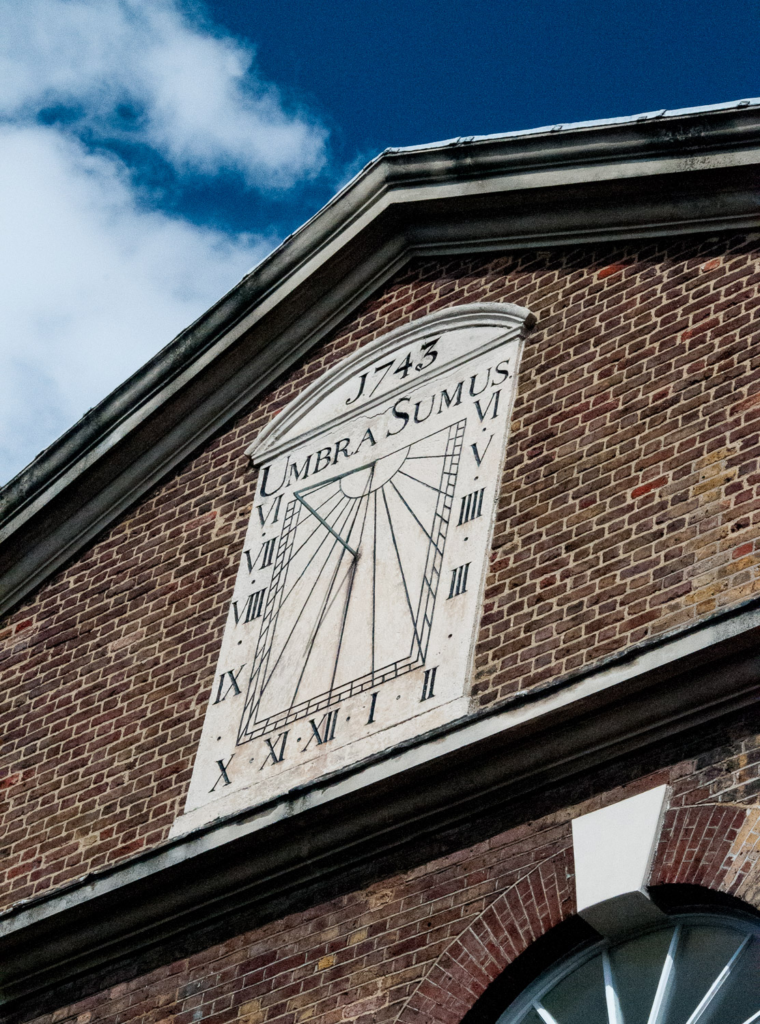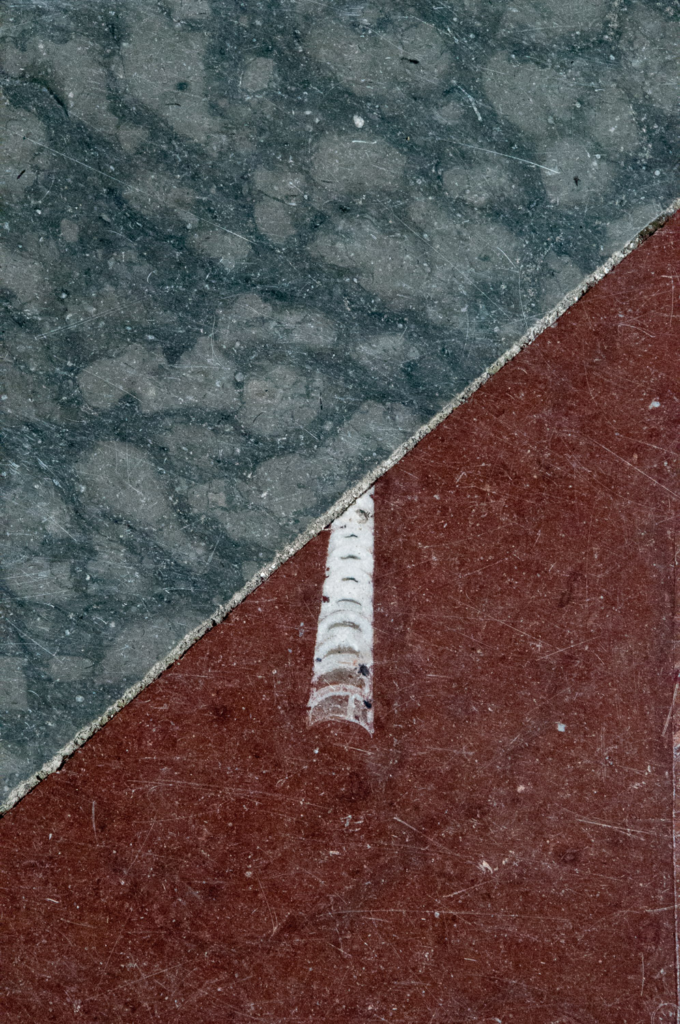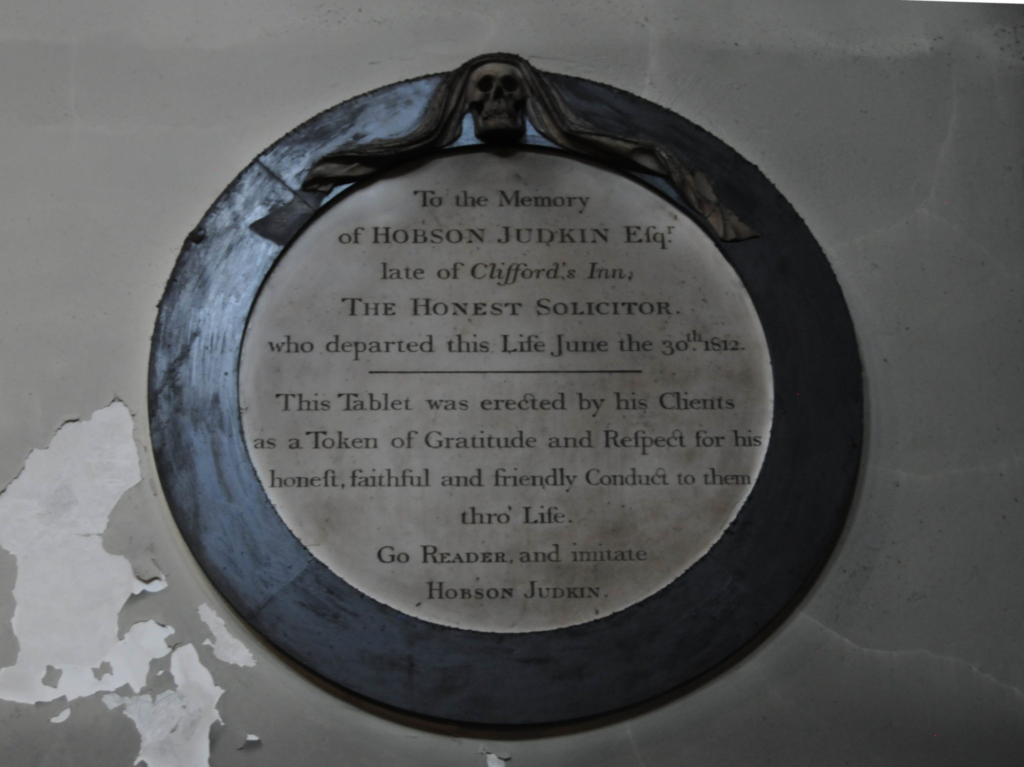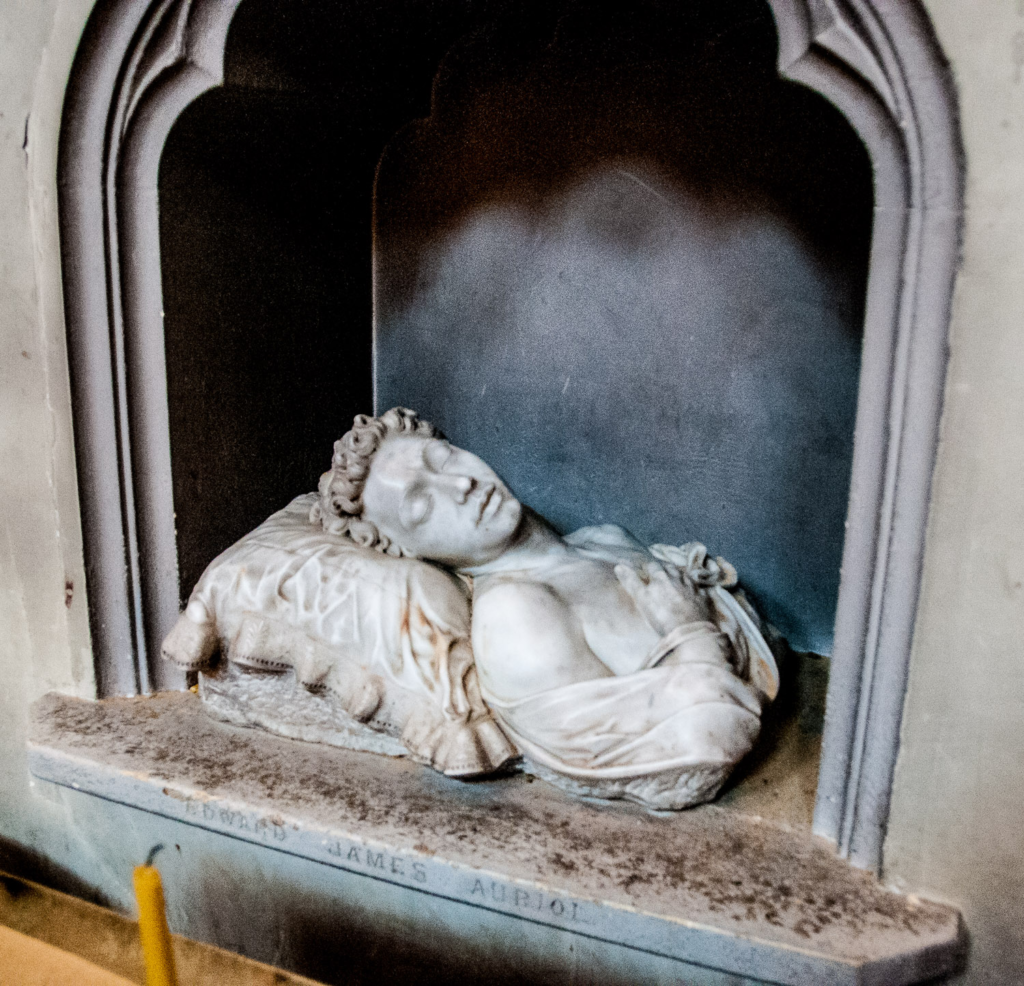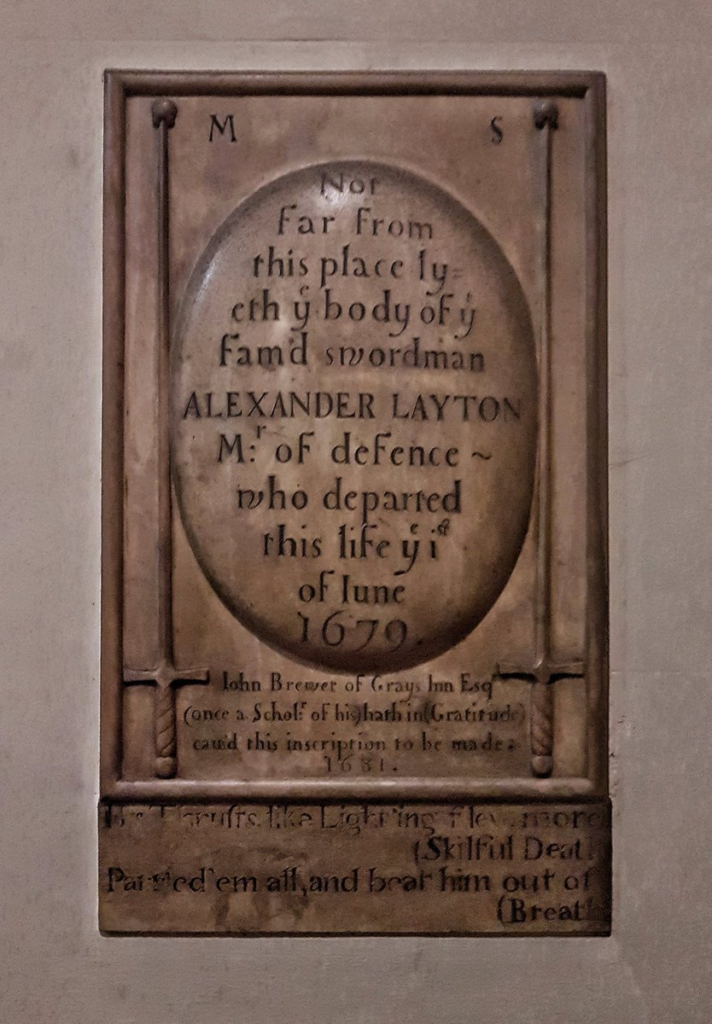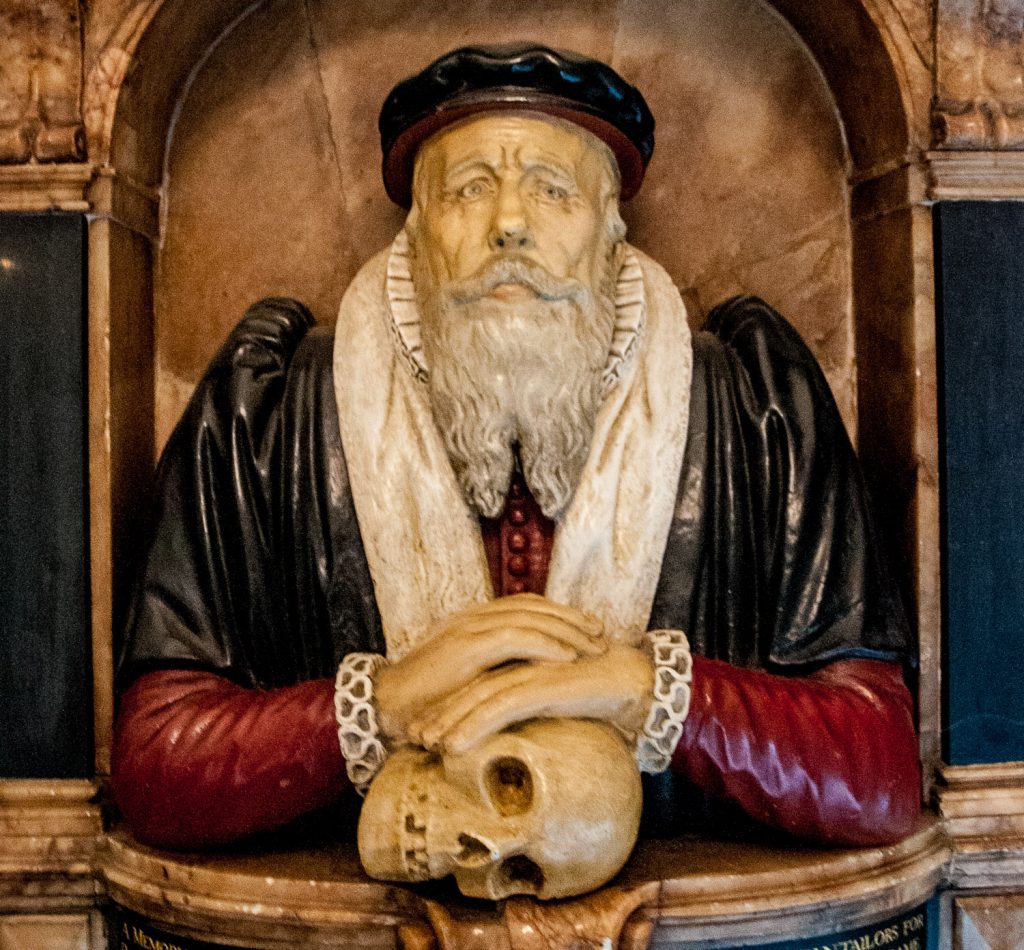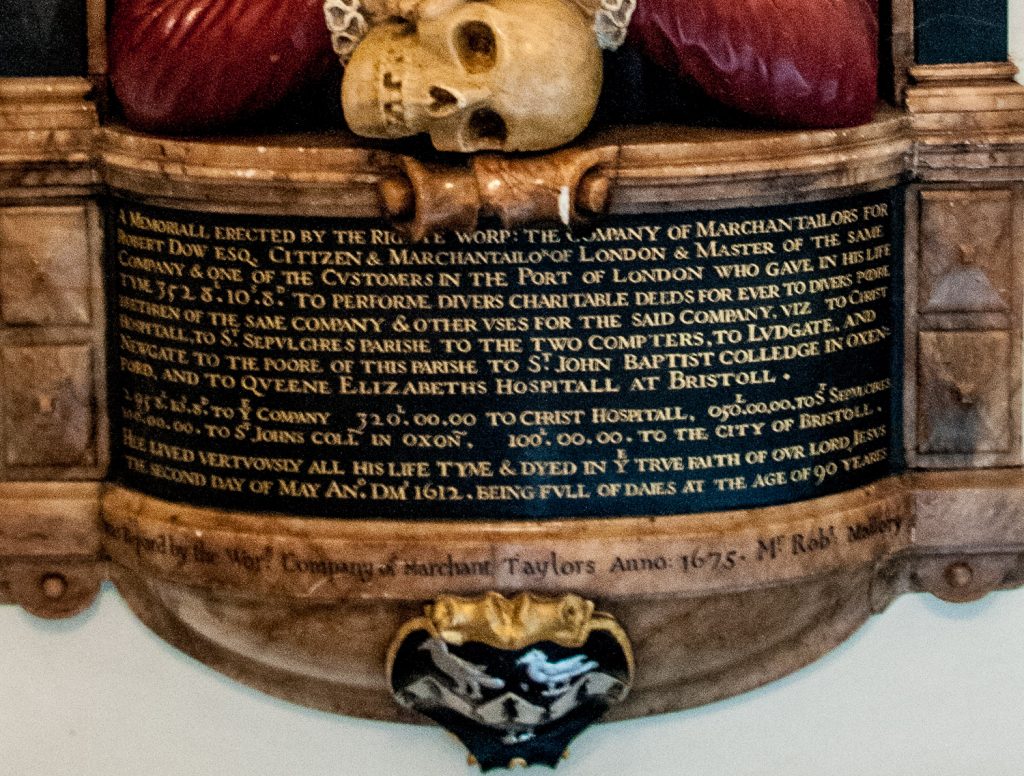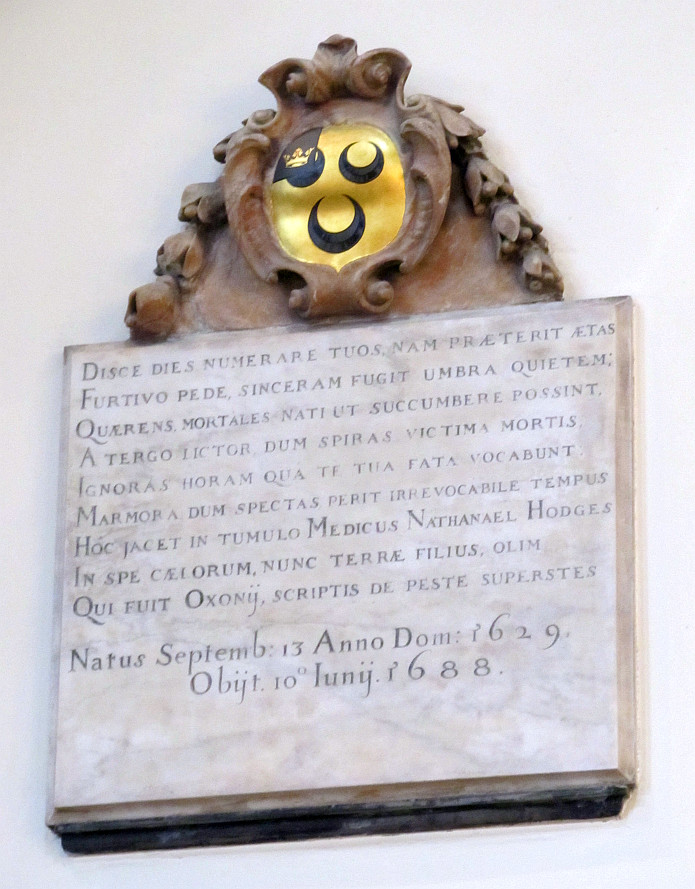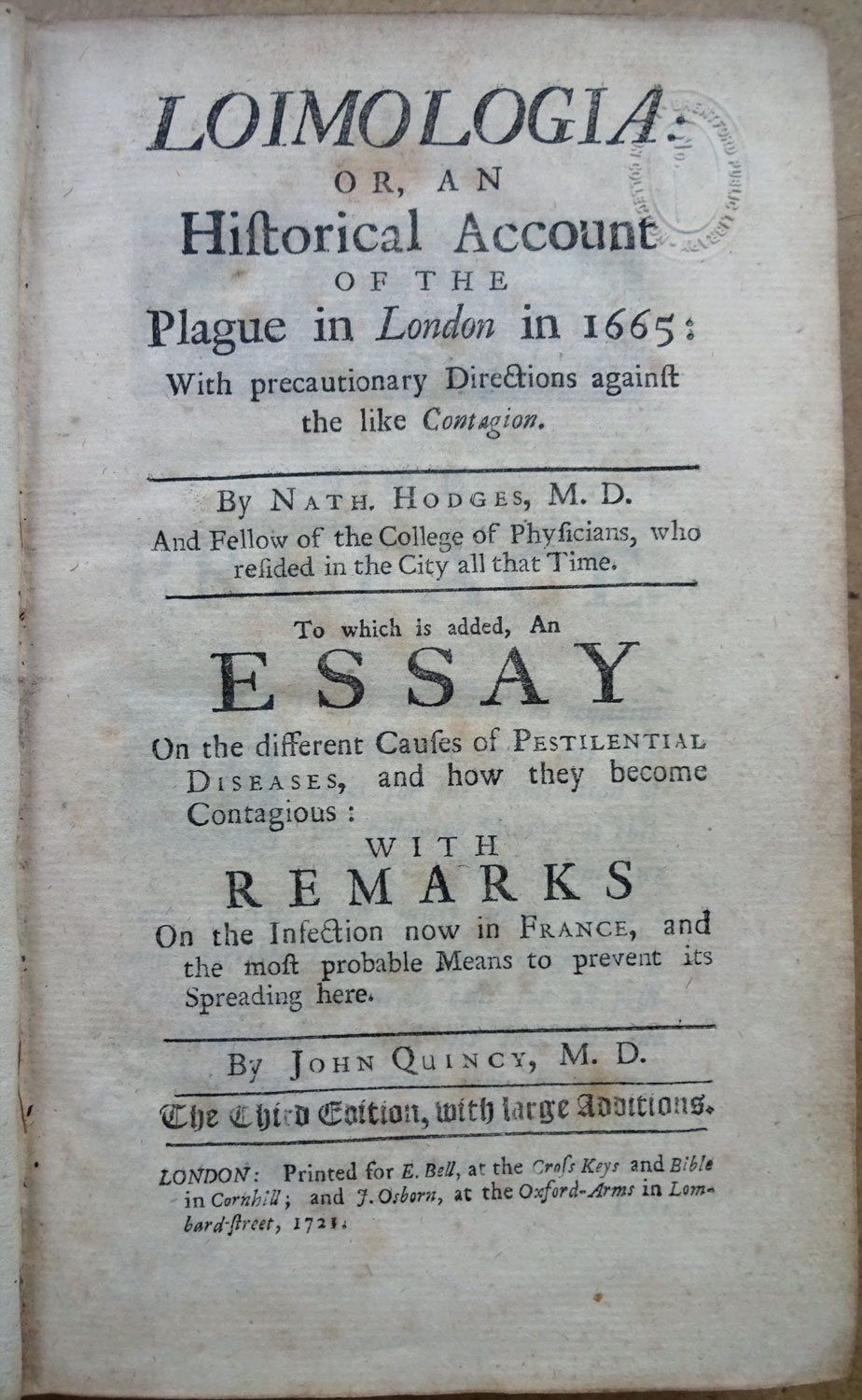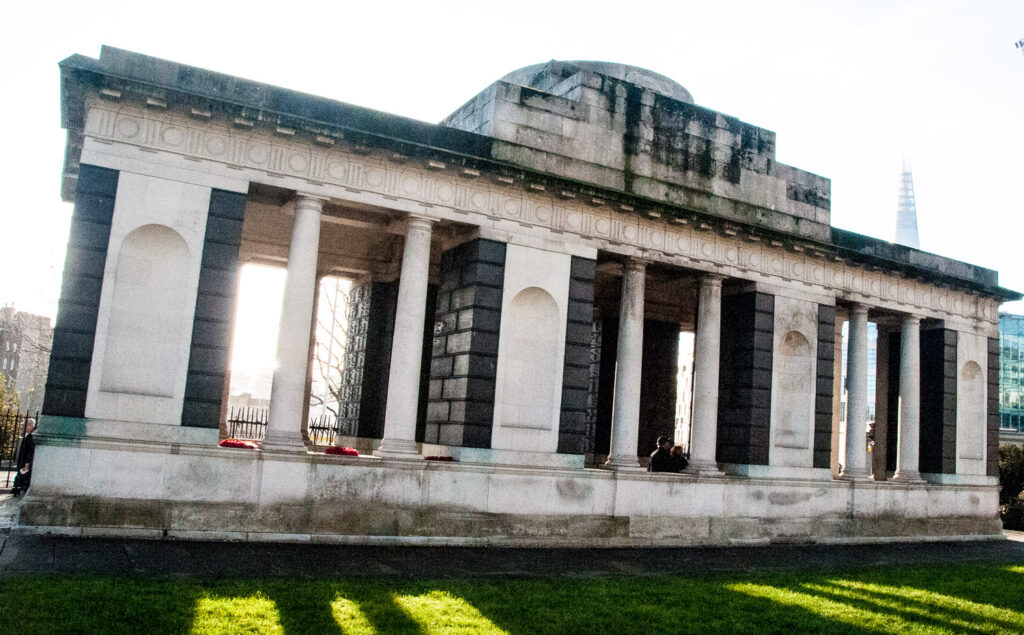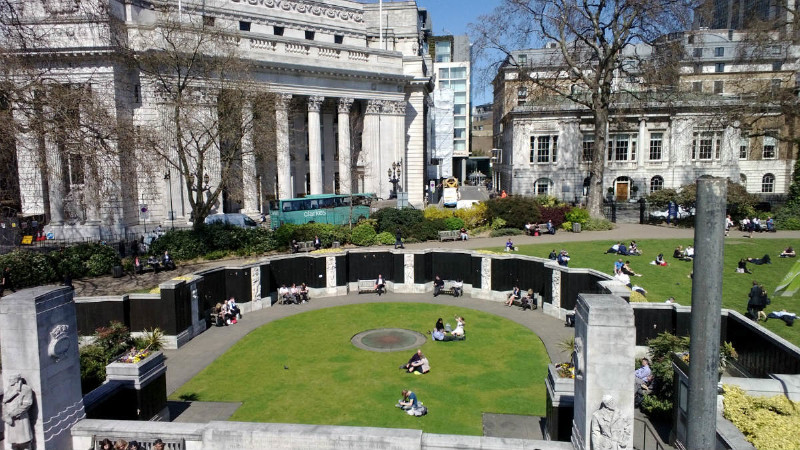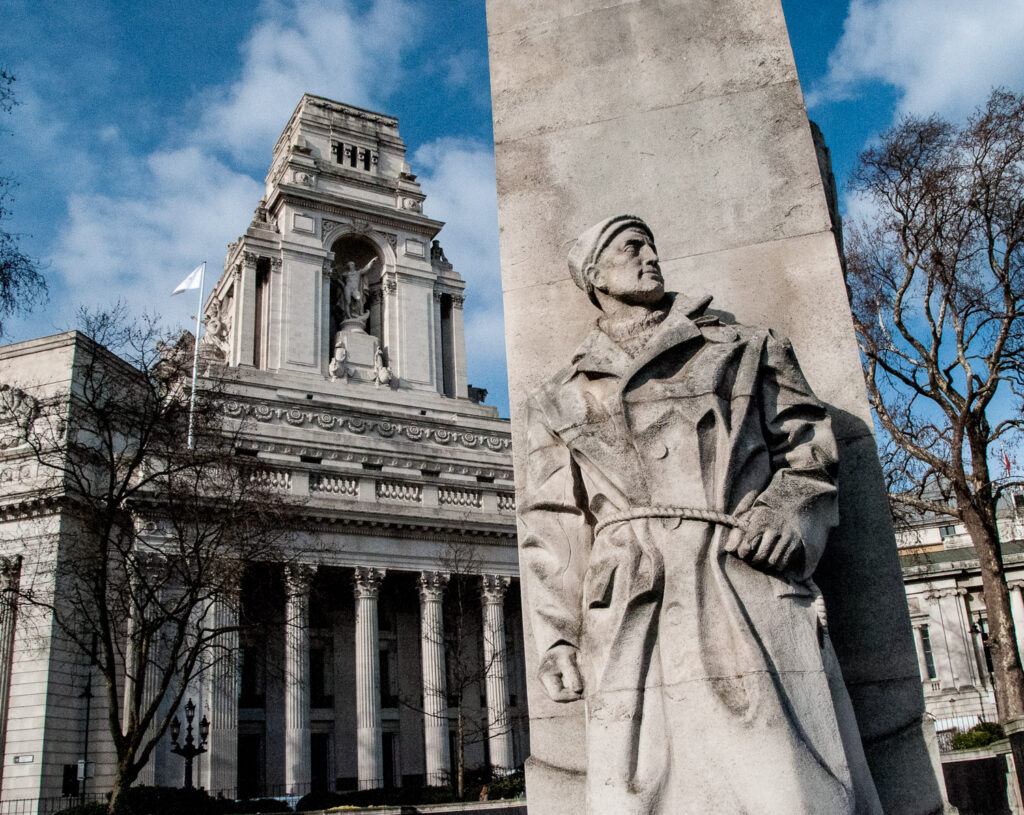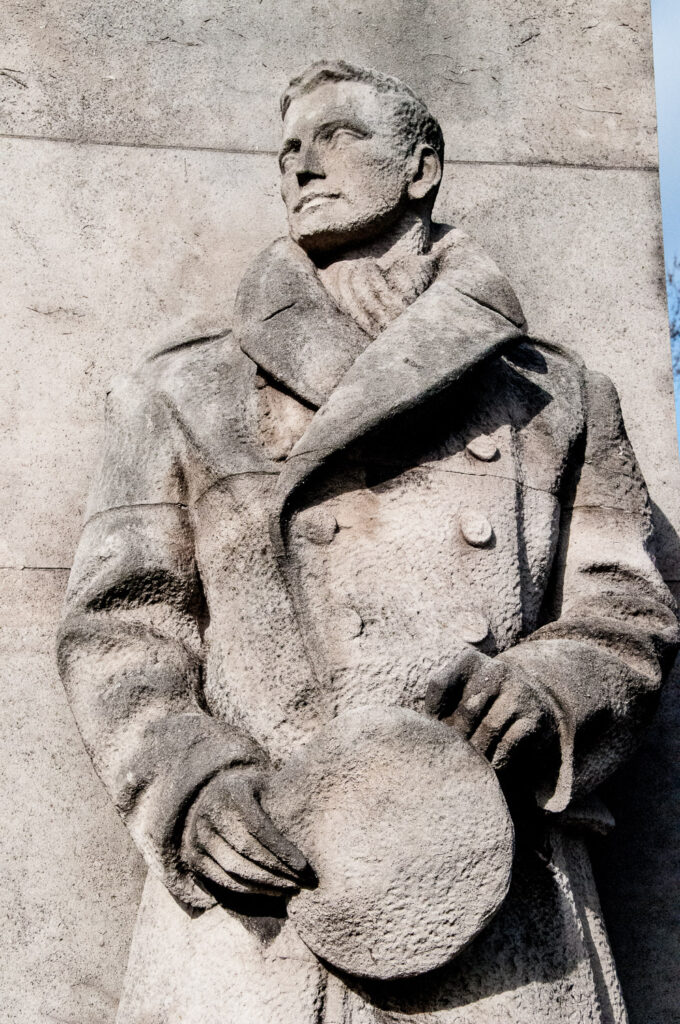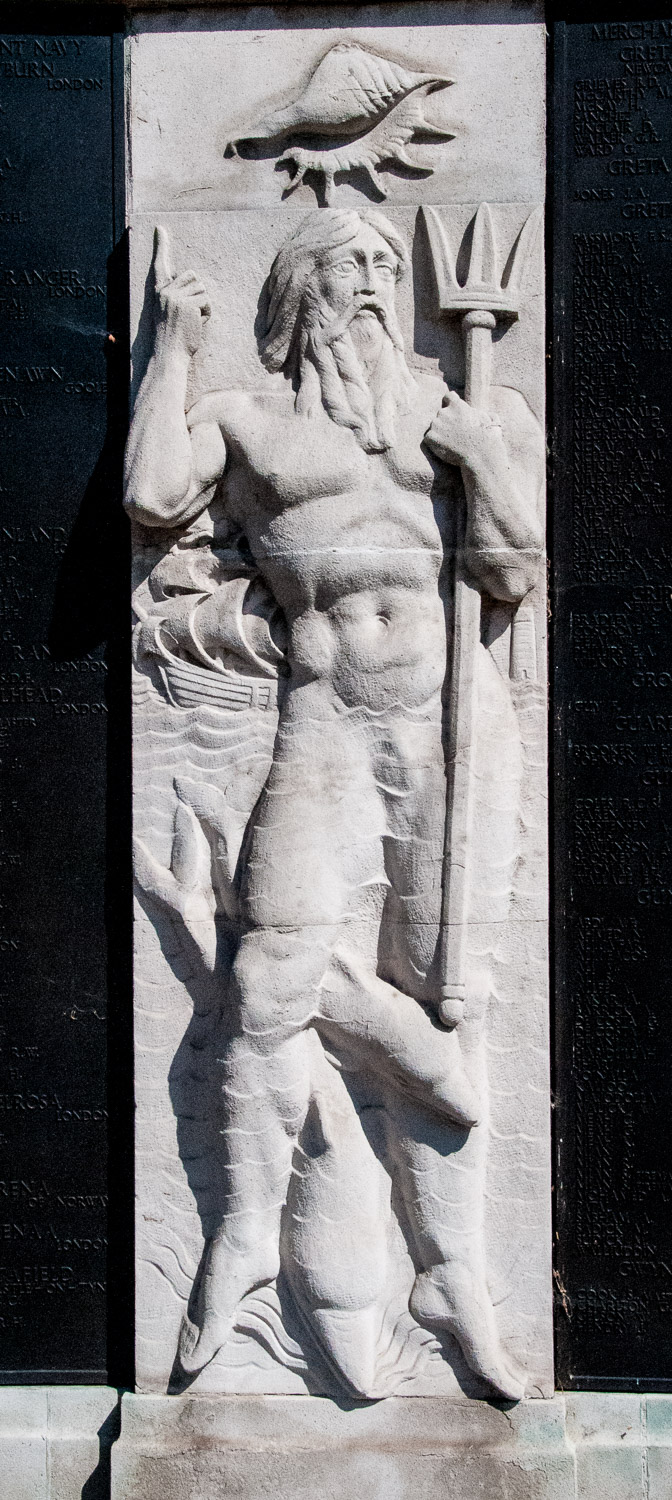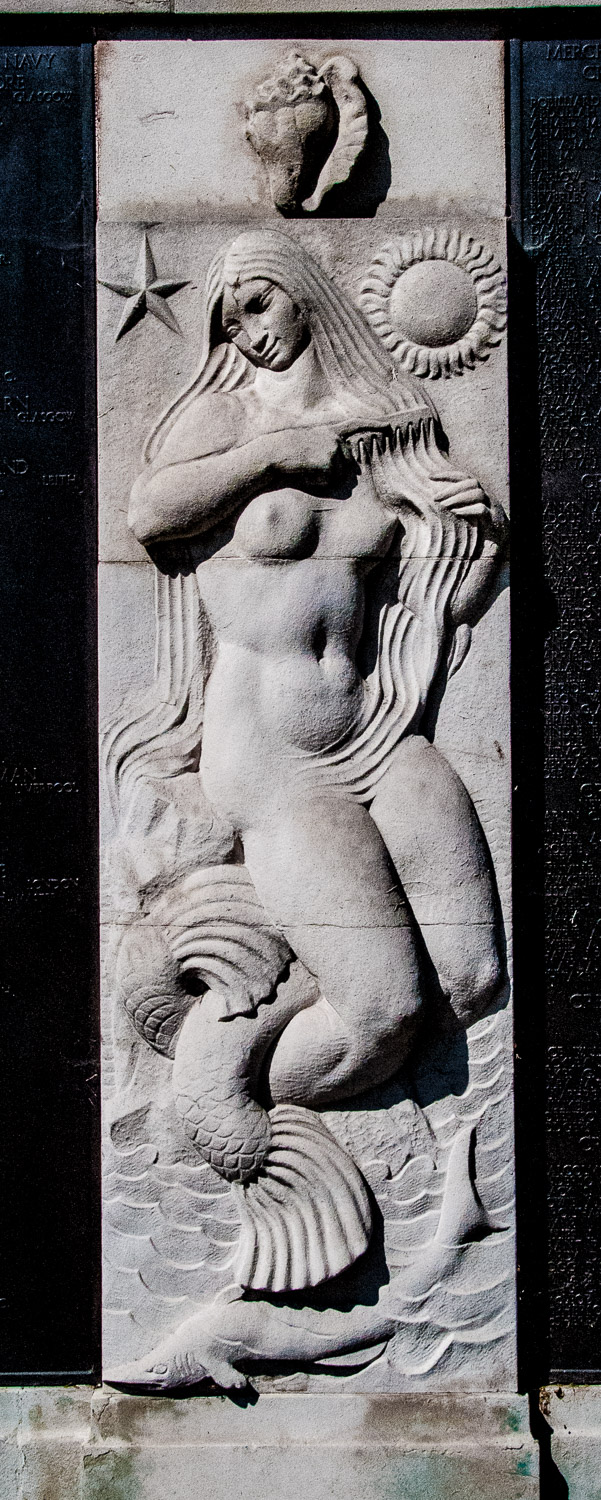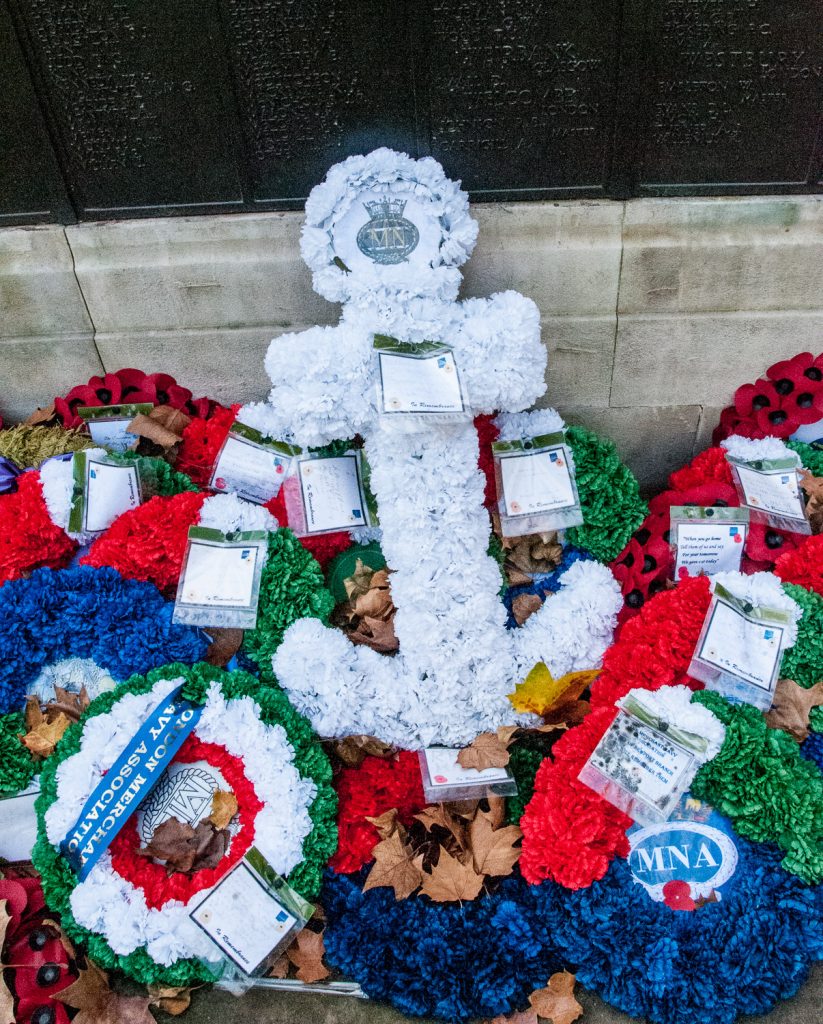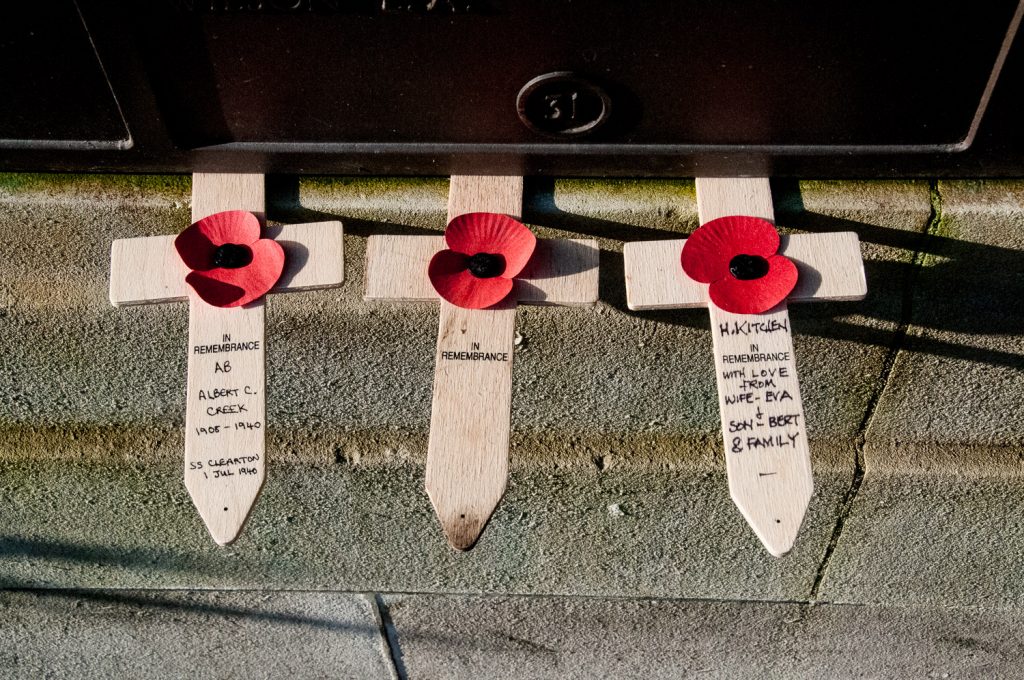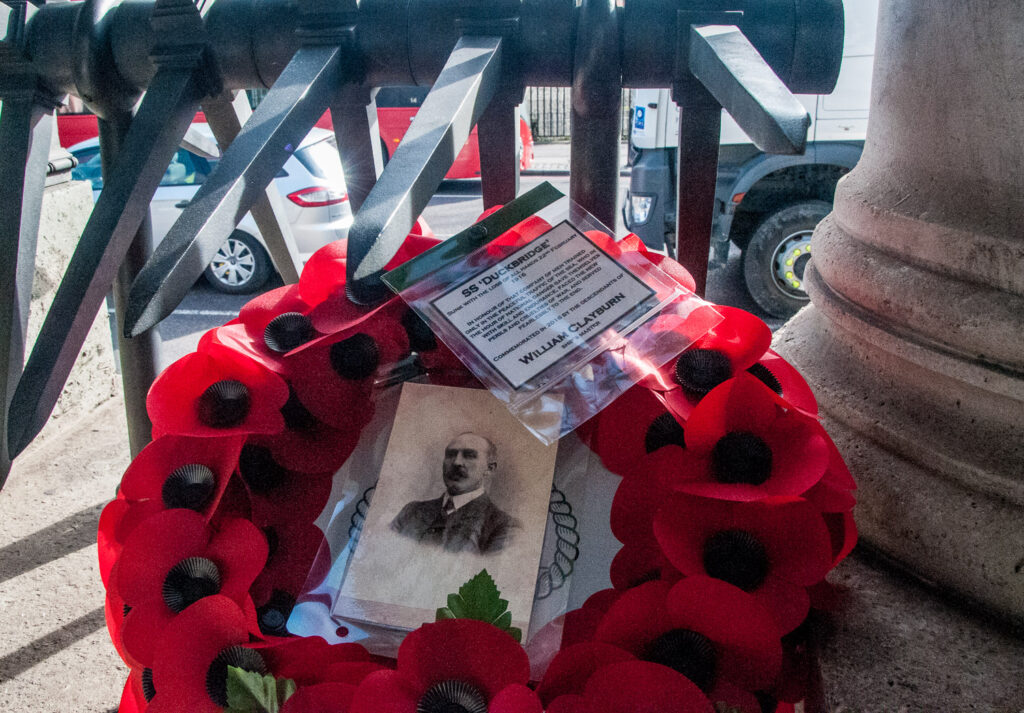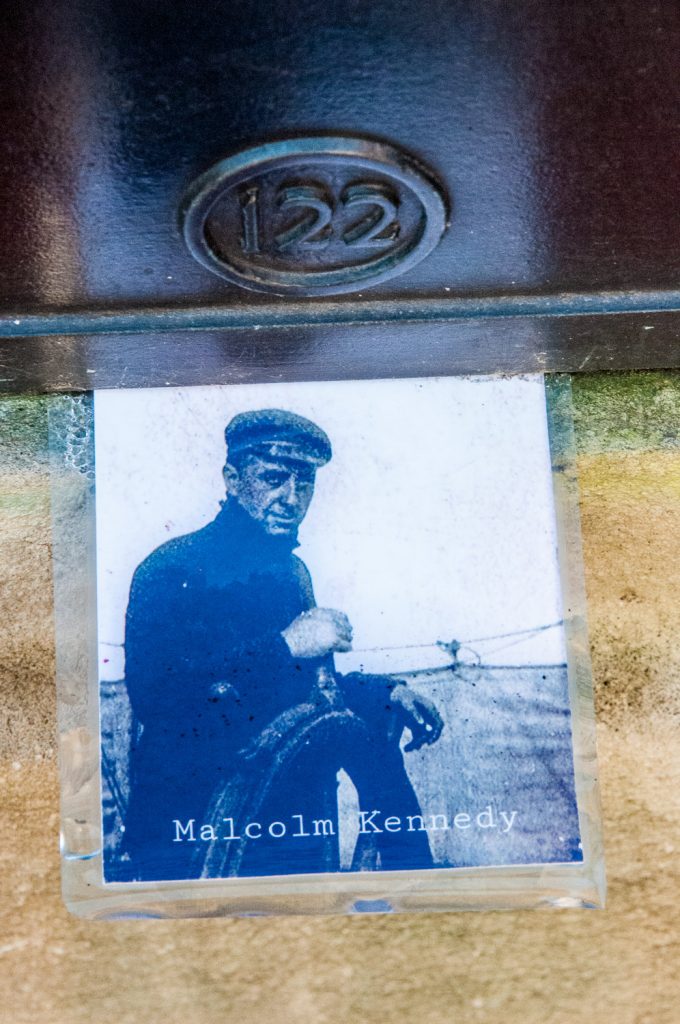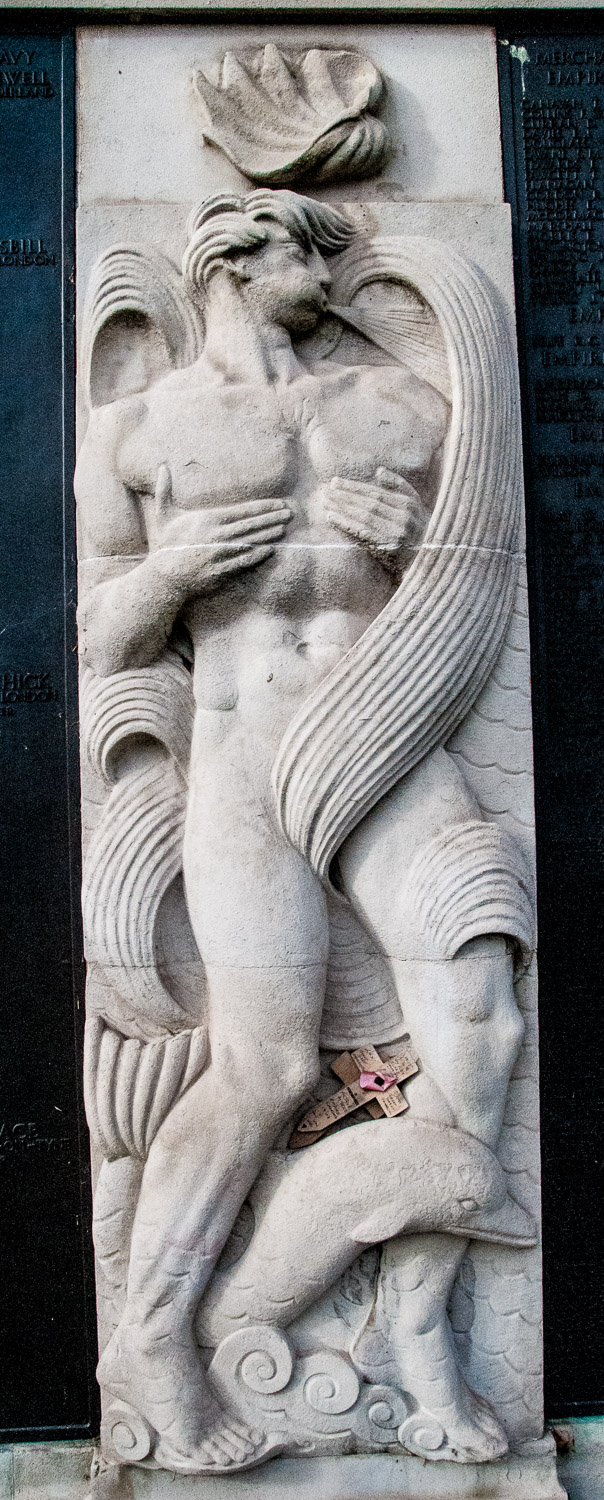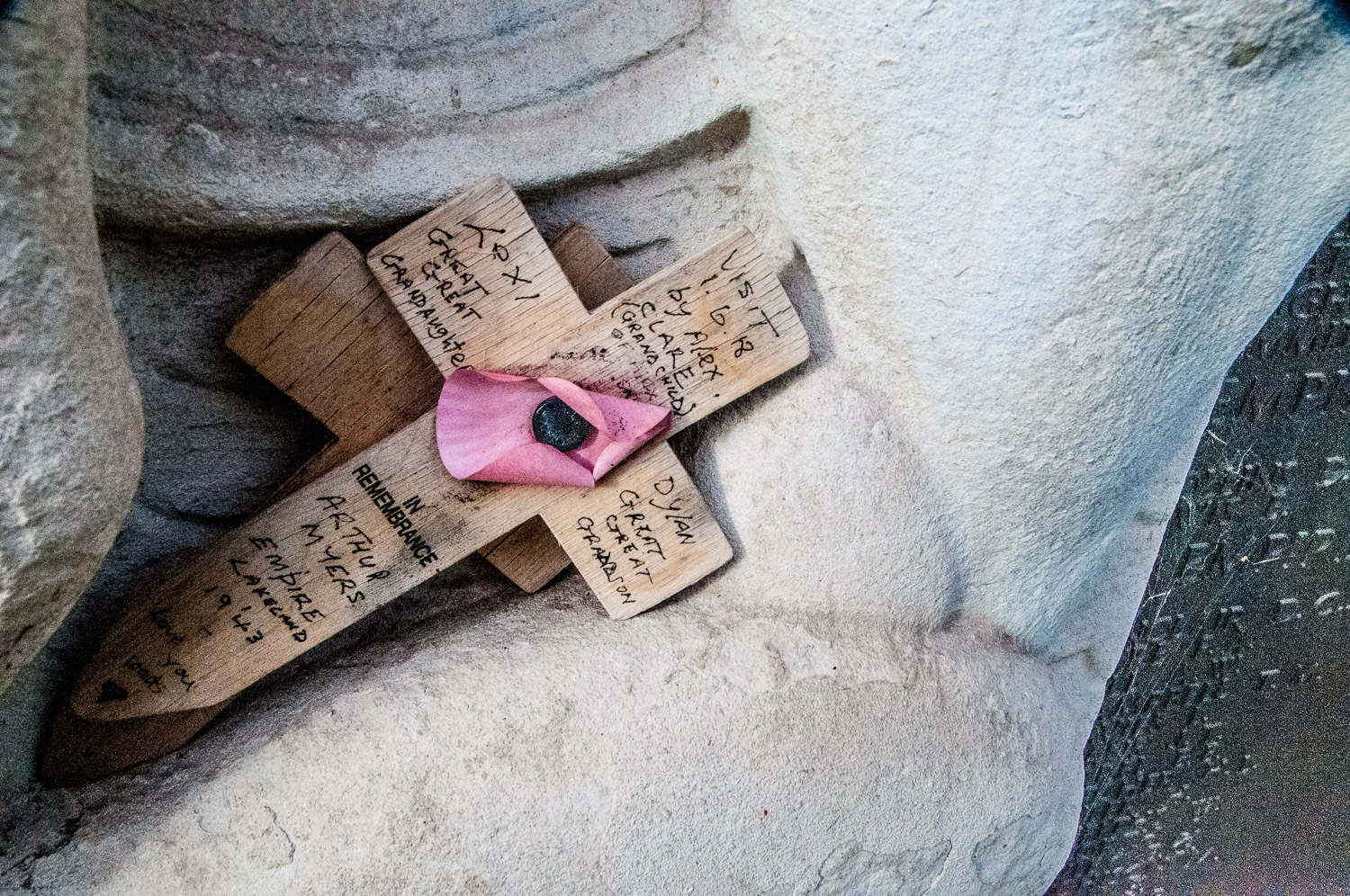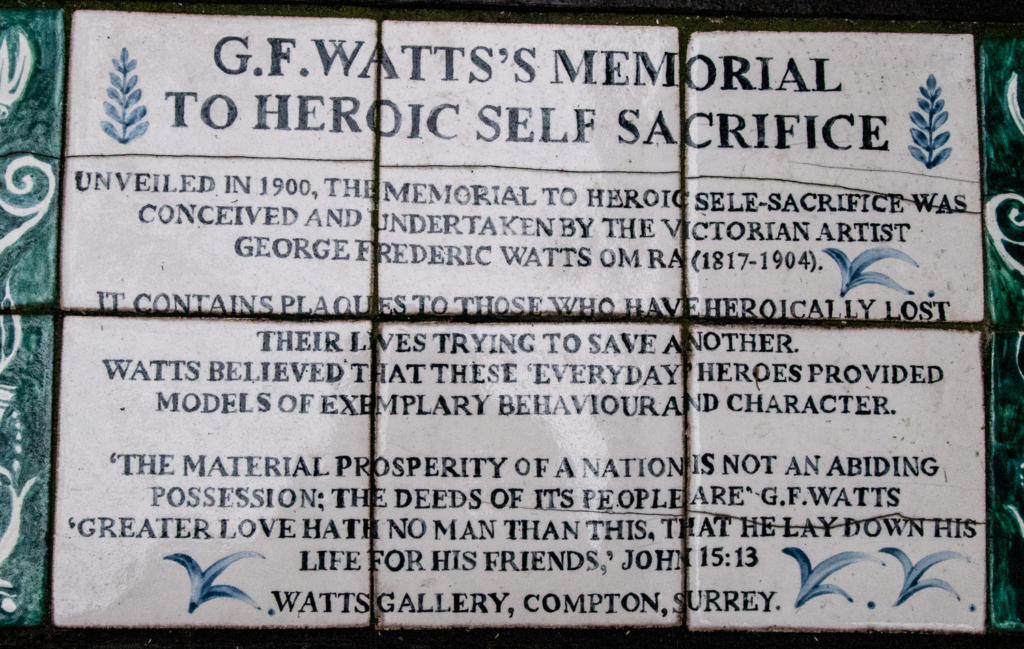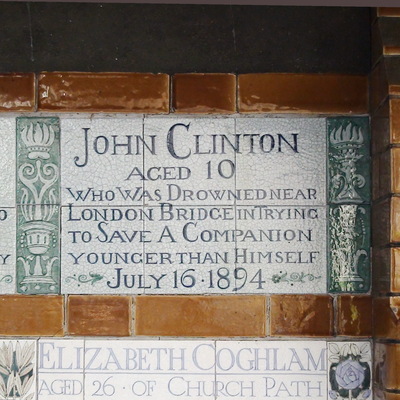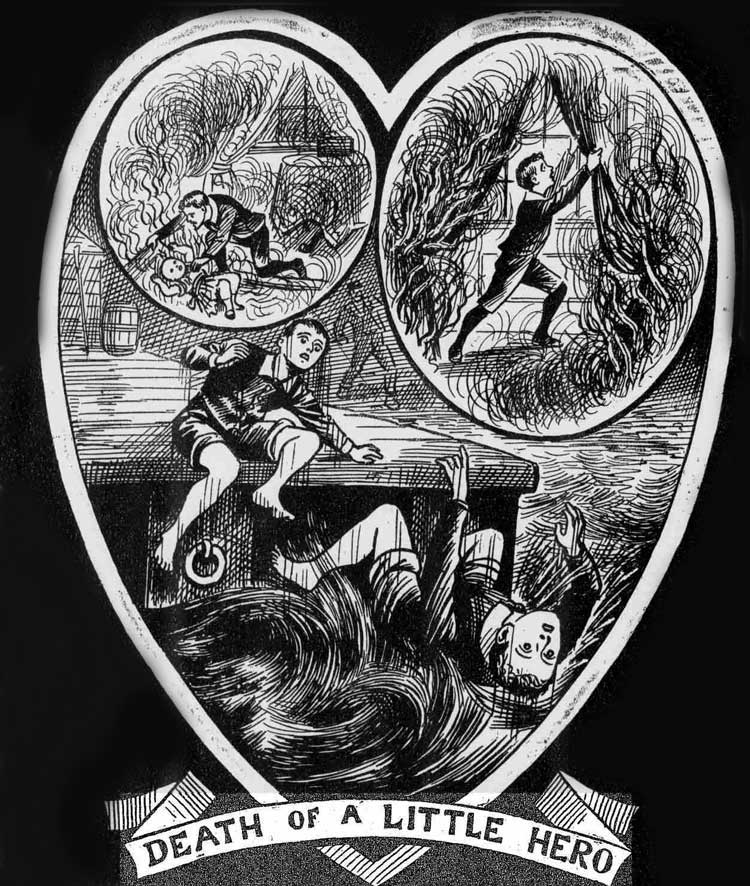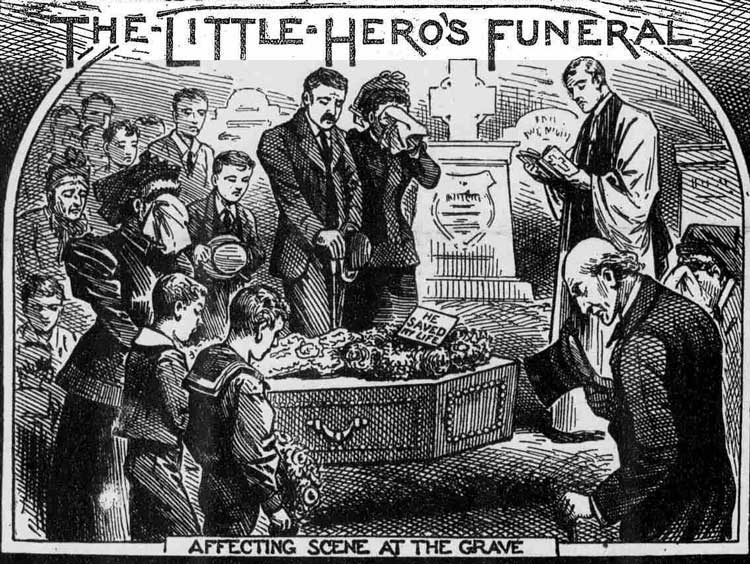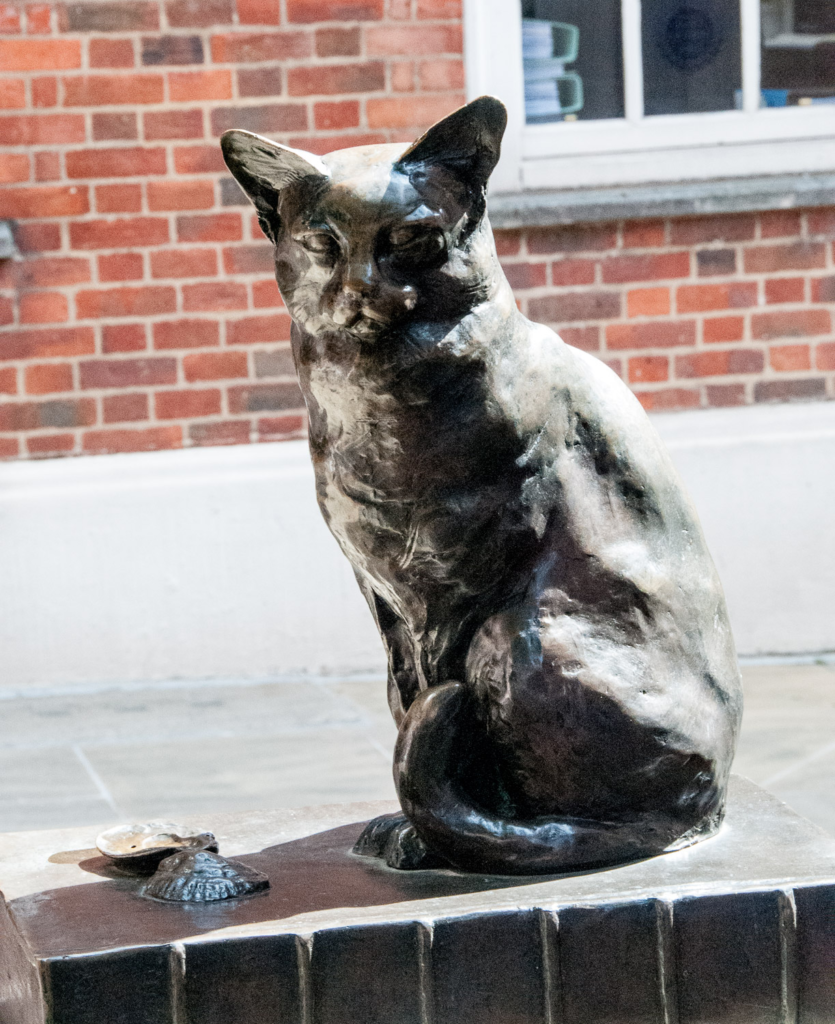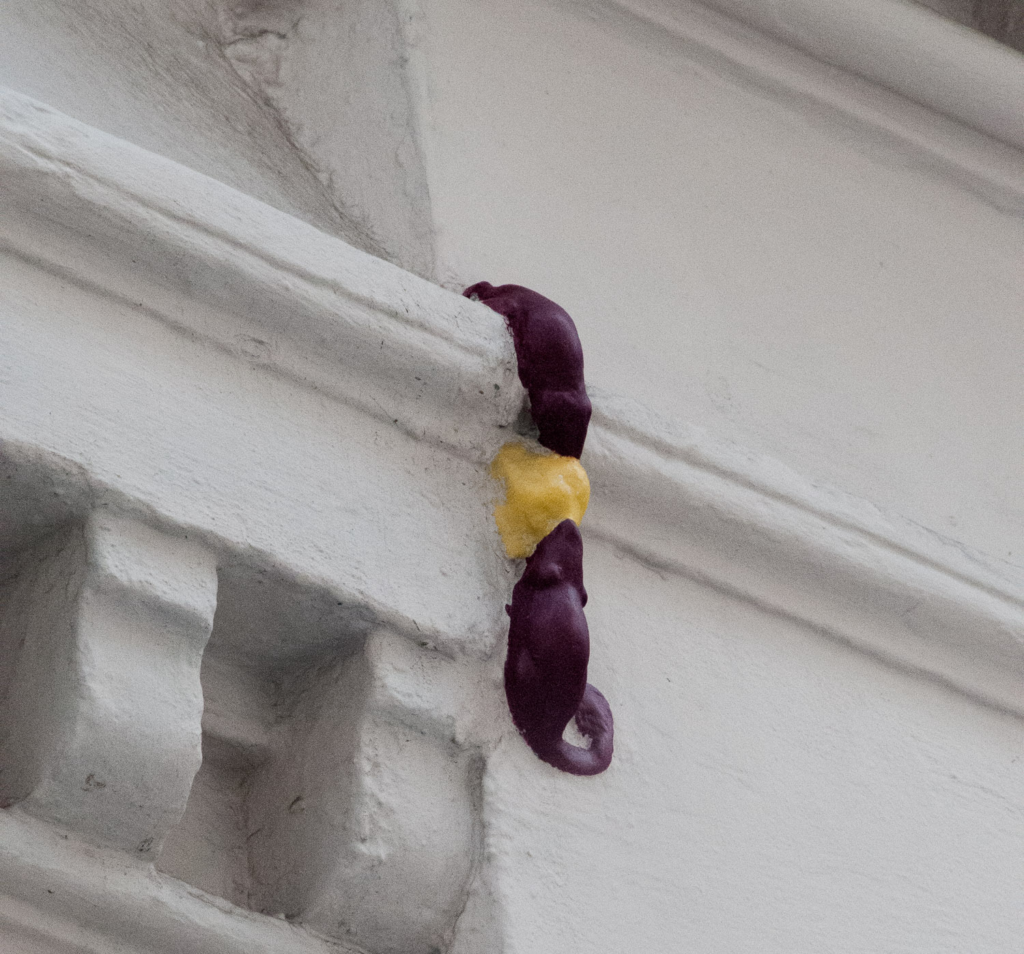As you know, I usually do a quiz at Christmas, but I thought it might be fun to do one now around mid-year.
The City livery companies and the City of London itself grew up together. Those working in the same craft lived and worked near each other, grouping together to regulate competition within their trade and maintain high standards. The early London guilds benefited their members and customers alike, controlling the manufacture and selling of most goods and services in the Square Mile. When some guilds introduced their own distinctive clothing and regalia – or livery – to distinguish their members from those in other guilds, they soon became known as livery companies. All have been granted coats of arms, some dating back to the 15th century, and many are displayed proudly on buildings throughout the City.
There is a nice little summary on the website of the Worshipful Company of Wax Chandlers about livery company coats of arms. They say that the acquisition of a coat of arms by a livery company signified social status in the same way that a coat of arms was the badge of a gentleman: a visual affirmation of its permanence and distinguished heritage: a combination of a traditionally noble characteristic with merchants and craftsmen. The care and expense that companies lavished on the acquisition, preservation and display of their important documents and insignia suggest that antiquity and heraldry were important aspects of their sense of corporate identity, alongside processions, halls, feasts and clothing.
Over the last few weeks I have been seeking out some examples and photographing them, twelve of which are set out below.
Just for fun, do have a look at them and try to guess the trades and professions they represent just by looking at the arms and their mottoes. I have provided a few clues and the answers are at the end of the blog … some are more obvious than others!
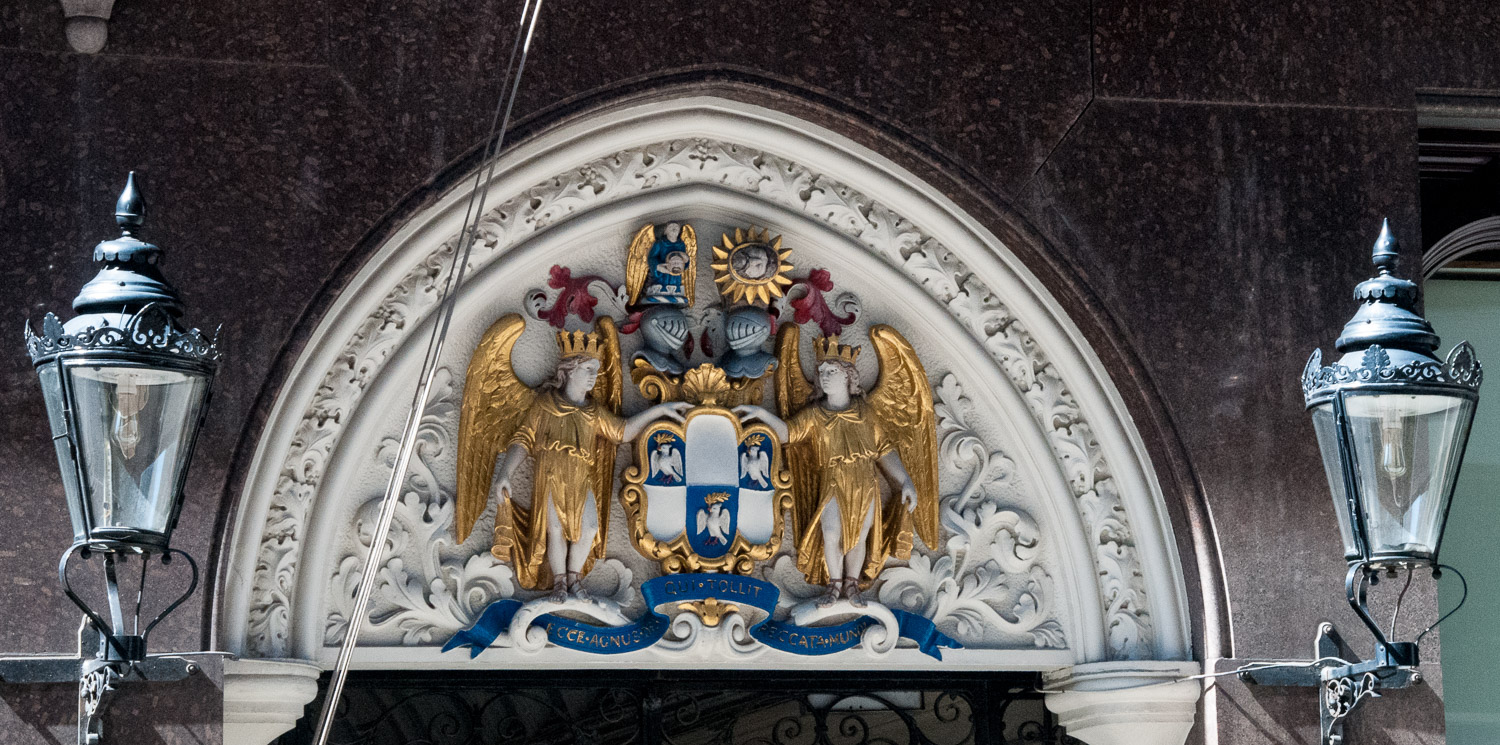
1. ‘Ecce Agnus Dei Qui Tollit Peccata Mundi’ – ‘Behold the Lamb of God who taketh away the sins of the world’. A few clues. The angels are ‘crowned with stars in token of light’ and the company’s original motto was ‘things which are in dispute are made clear by the light’.
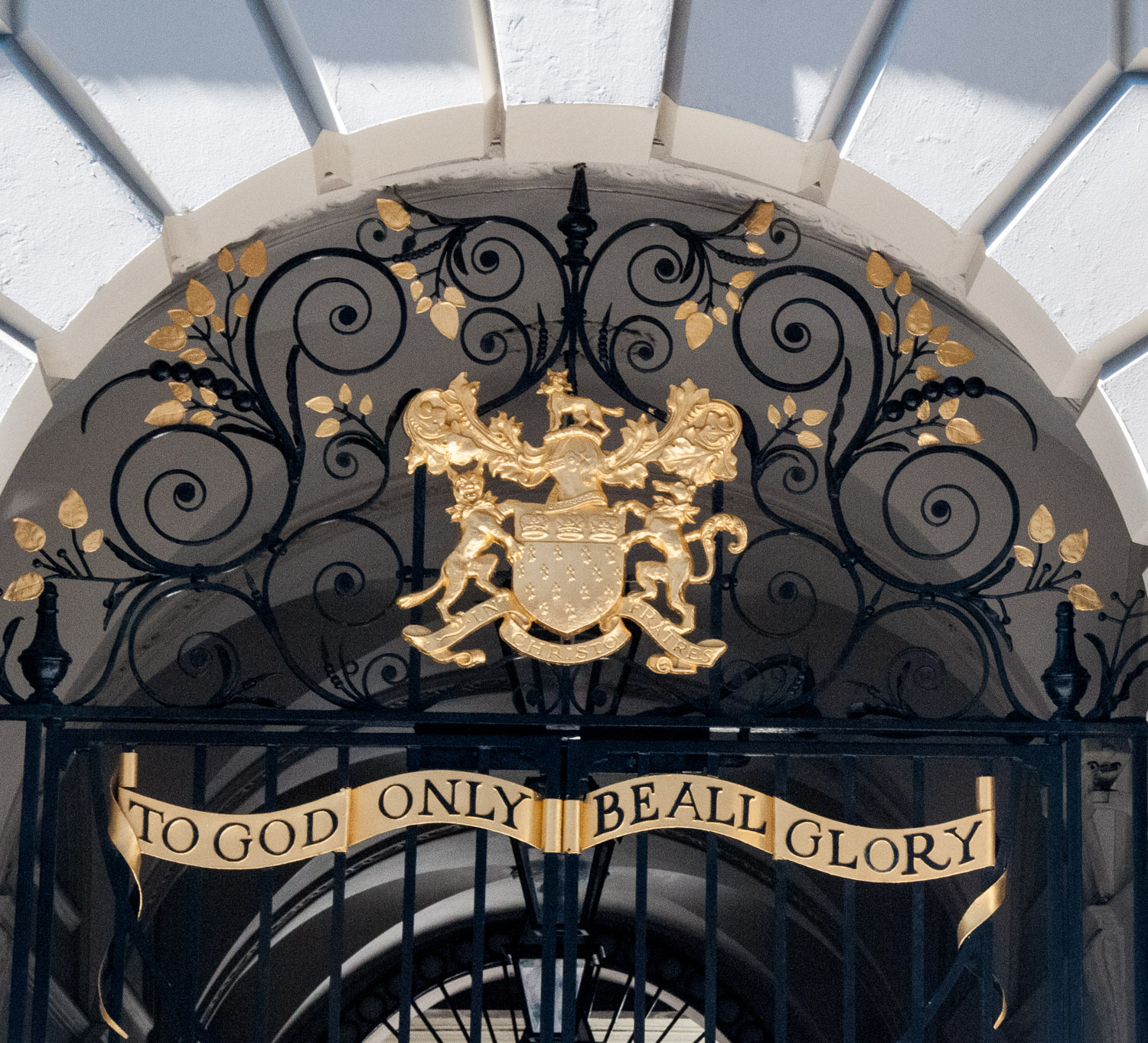
2. The Crest is a lynx – a short tailed wild cat whose fur was formerly held in great esteem. No one below the rank of Earl was allowed to wear it.
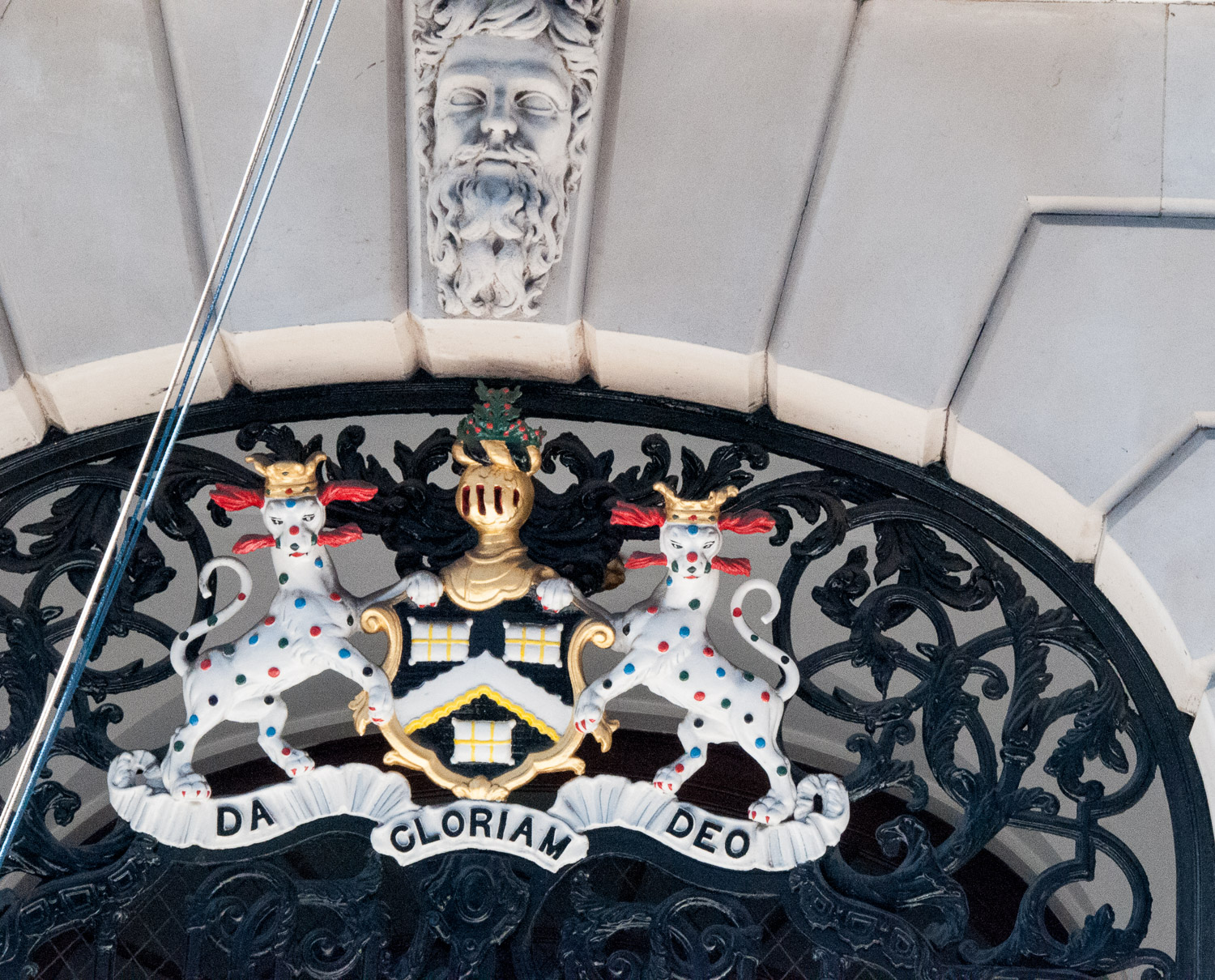
3. ‘Give Glory to God’ – these leopards have managed to change their spots
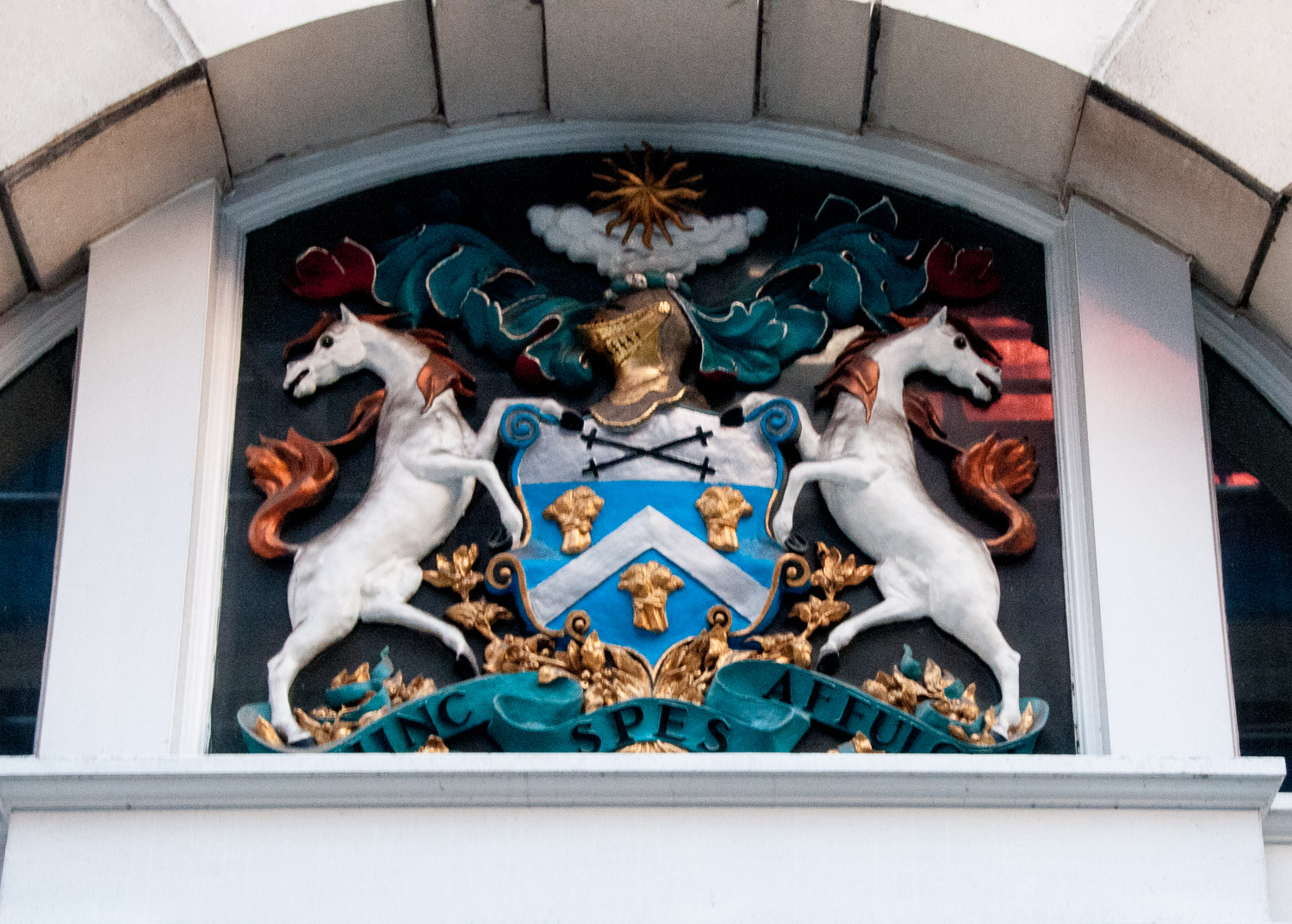
4. ‘Hinc Spes Affulget’ – ‘Hence Hope Shines Forth‘ – somewhere to shelter on your journey (and get a drink and some food)
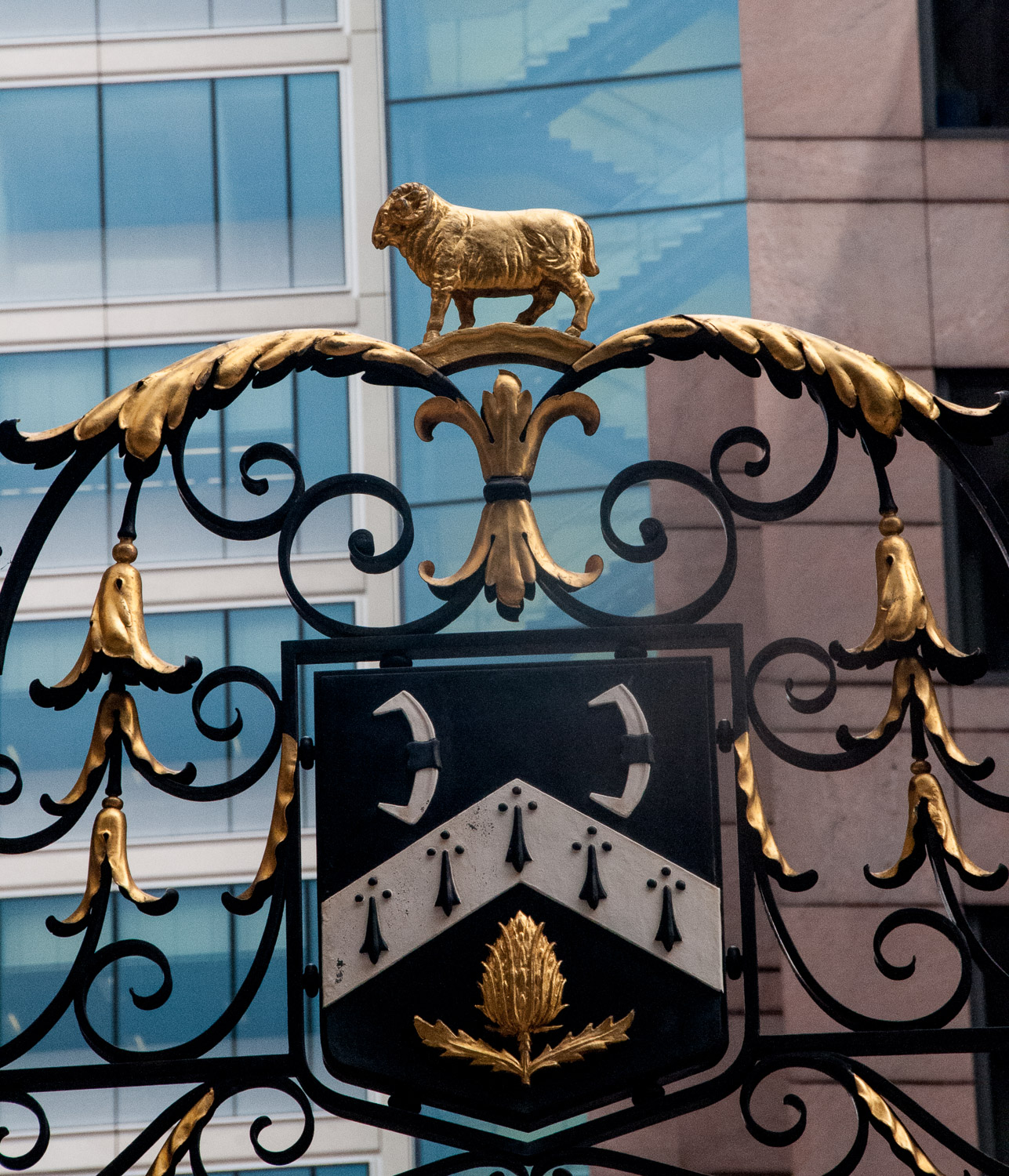
5. ‘My trust is God alone’ – you may be on tenterhooks trying to work this one out
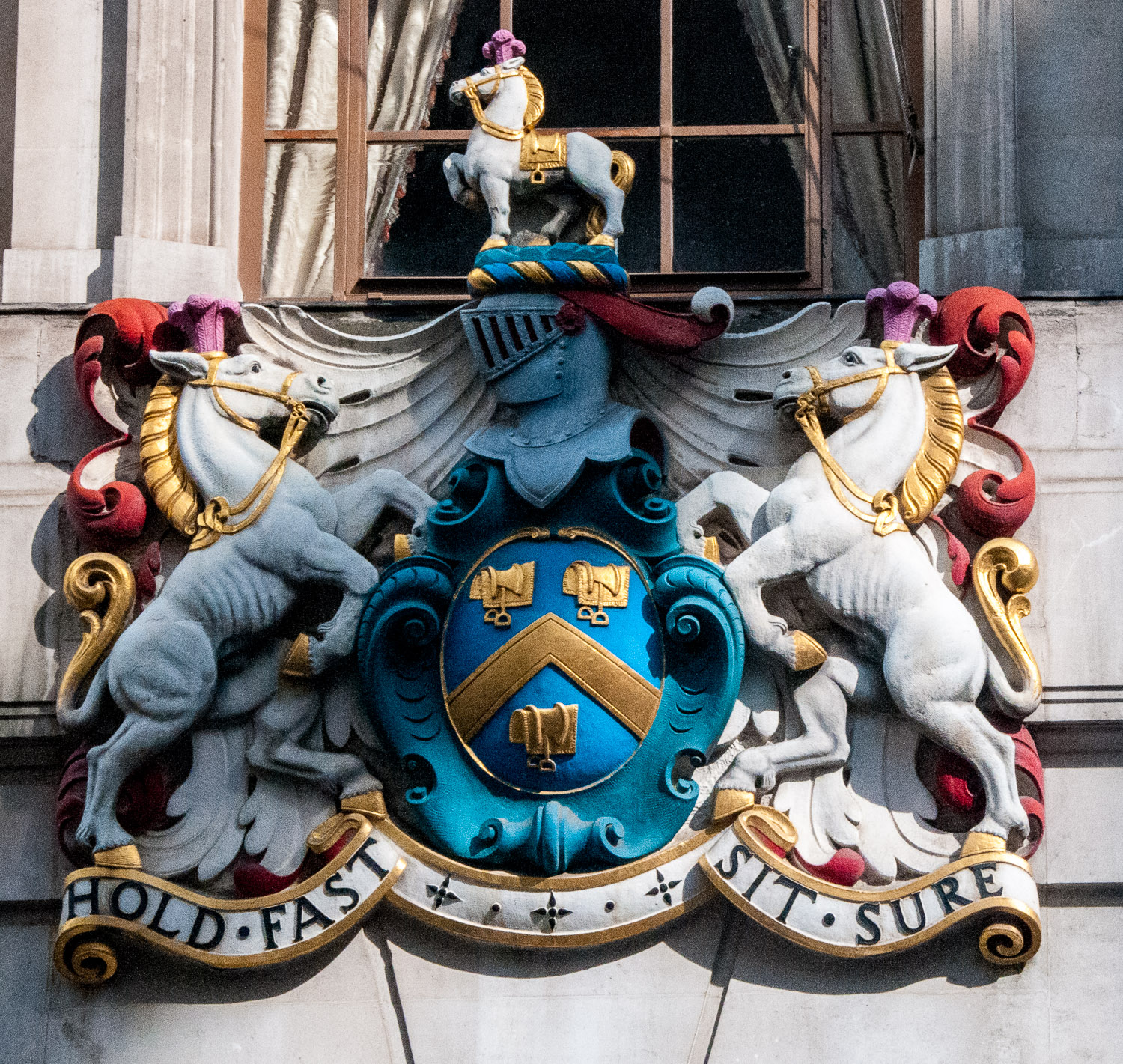
6. I don’t think a clue is needed for this one
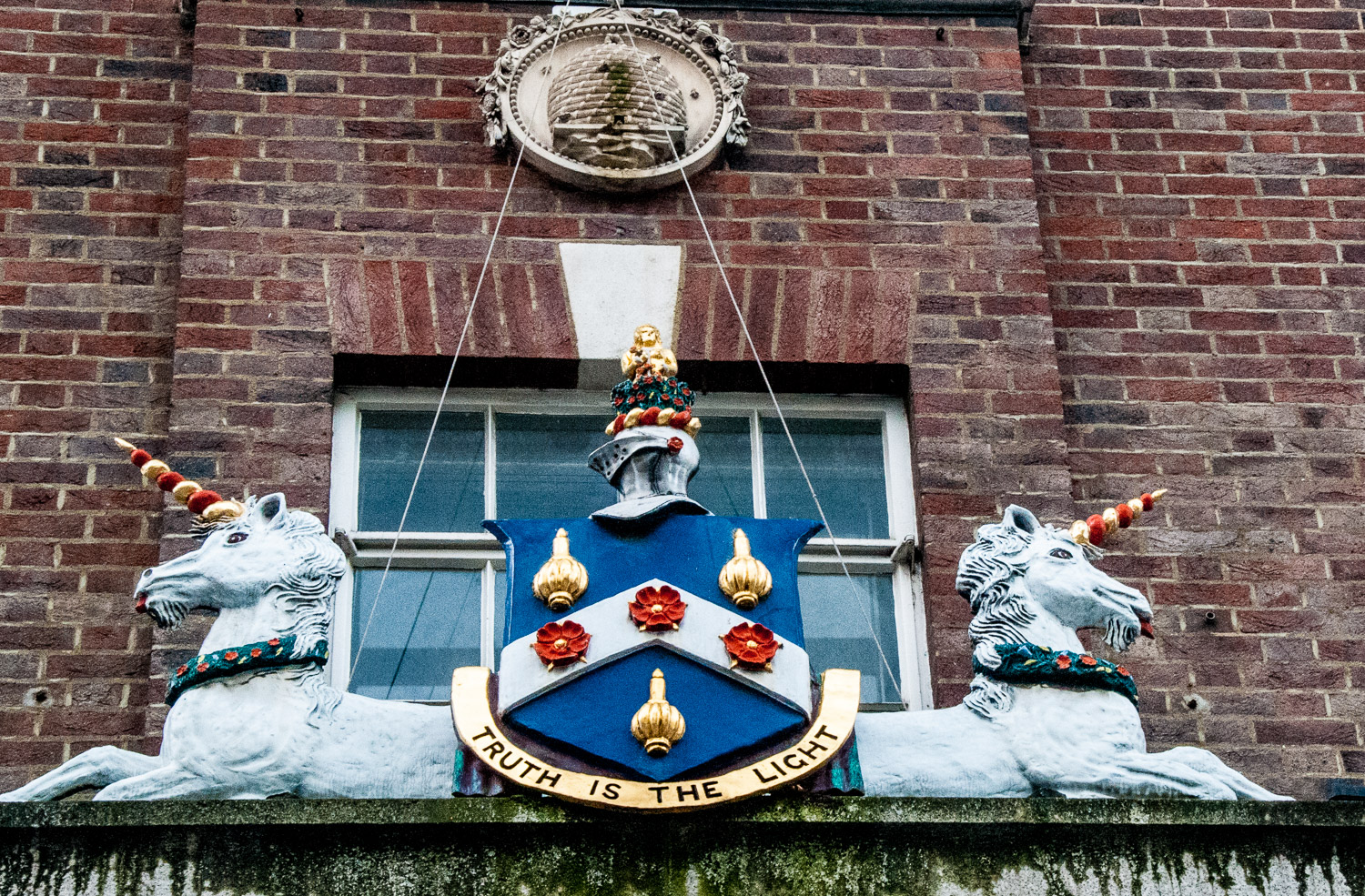
7. The beehive is a good clue – and their product had purposes other than providing light
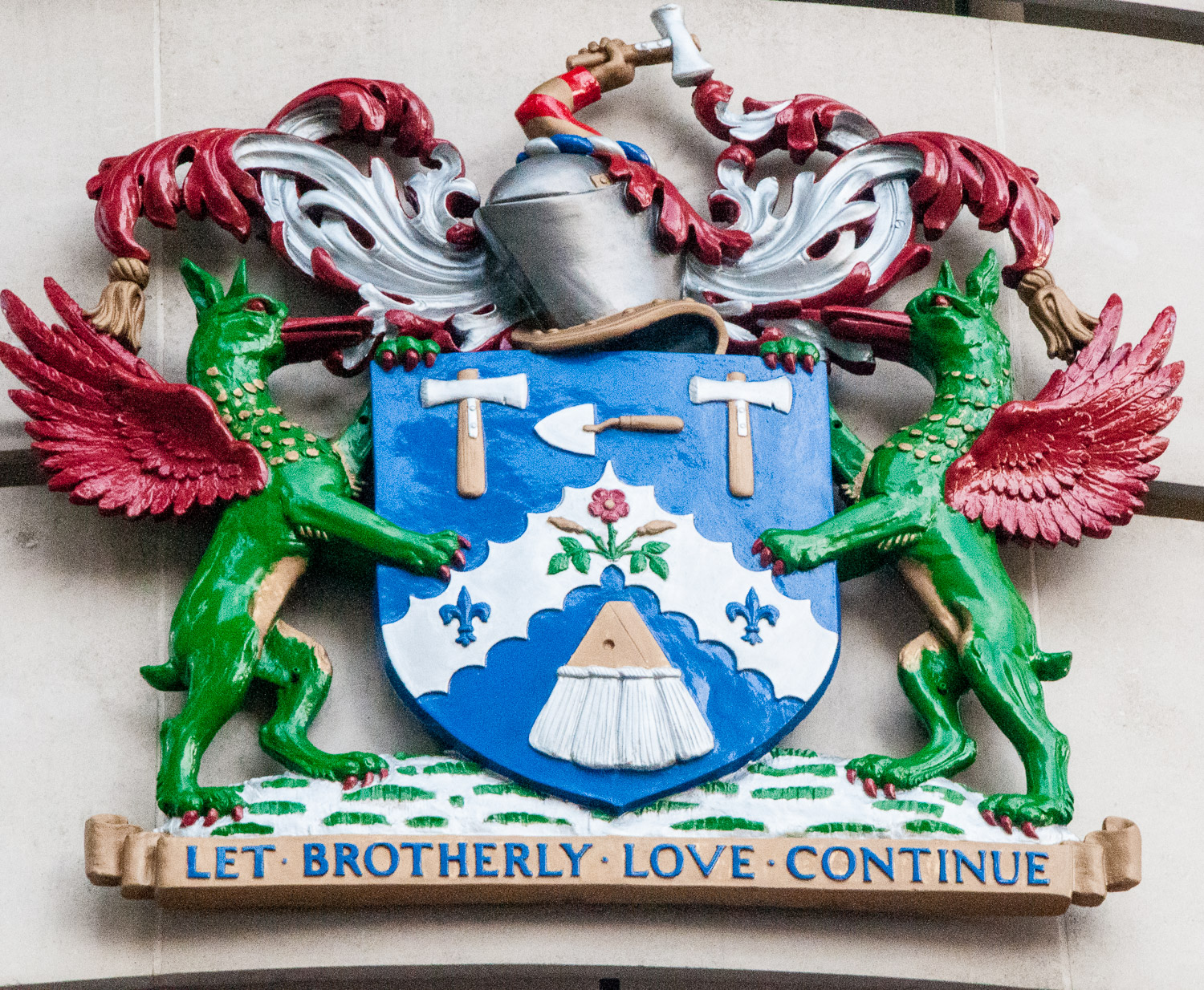
8. The trowel offers a strong hint
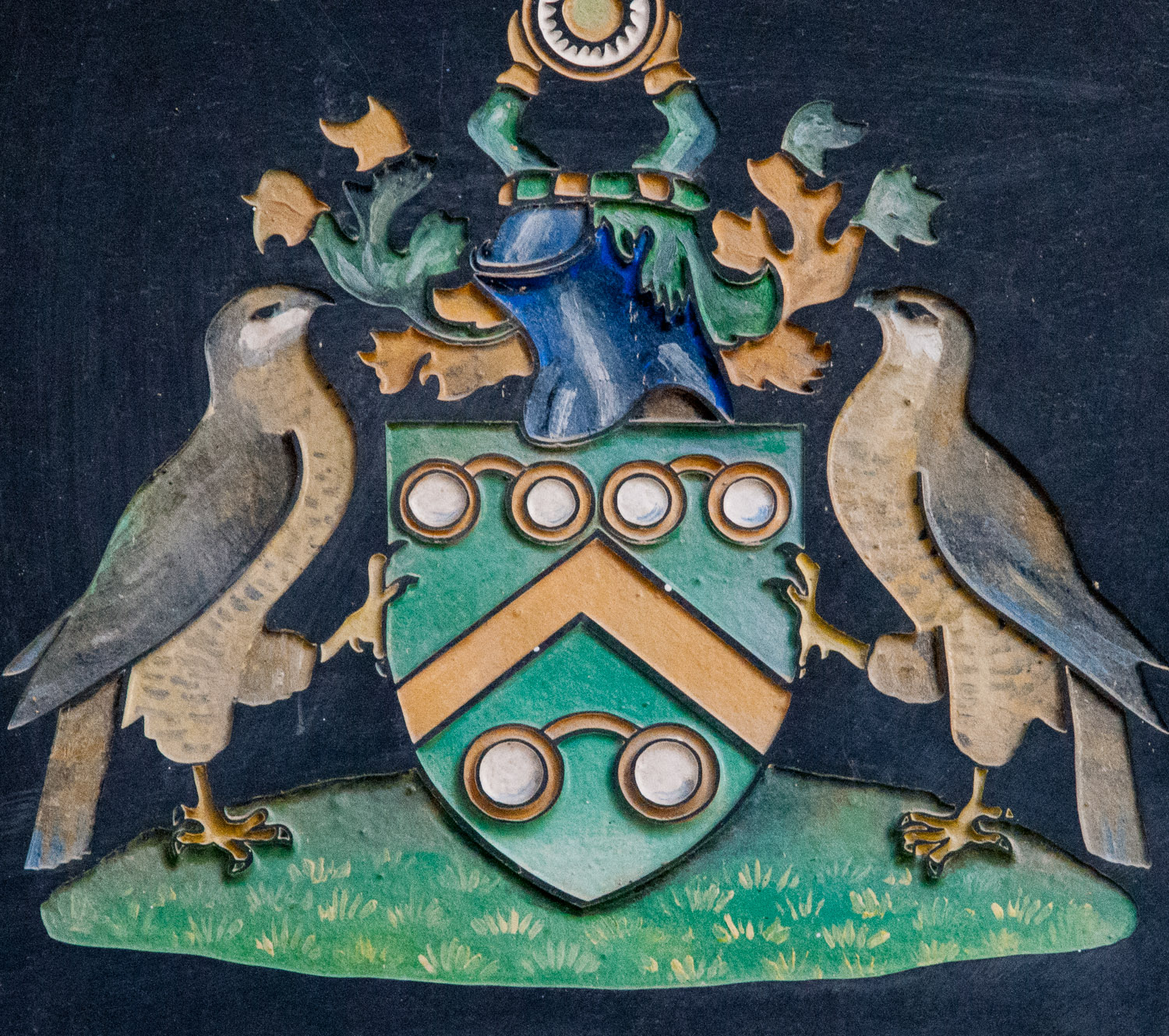
9. Their motto is ‘A blessing to the aged’ – I can vouch for that
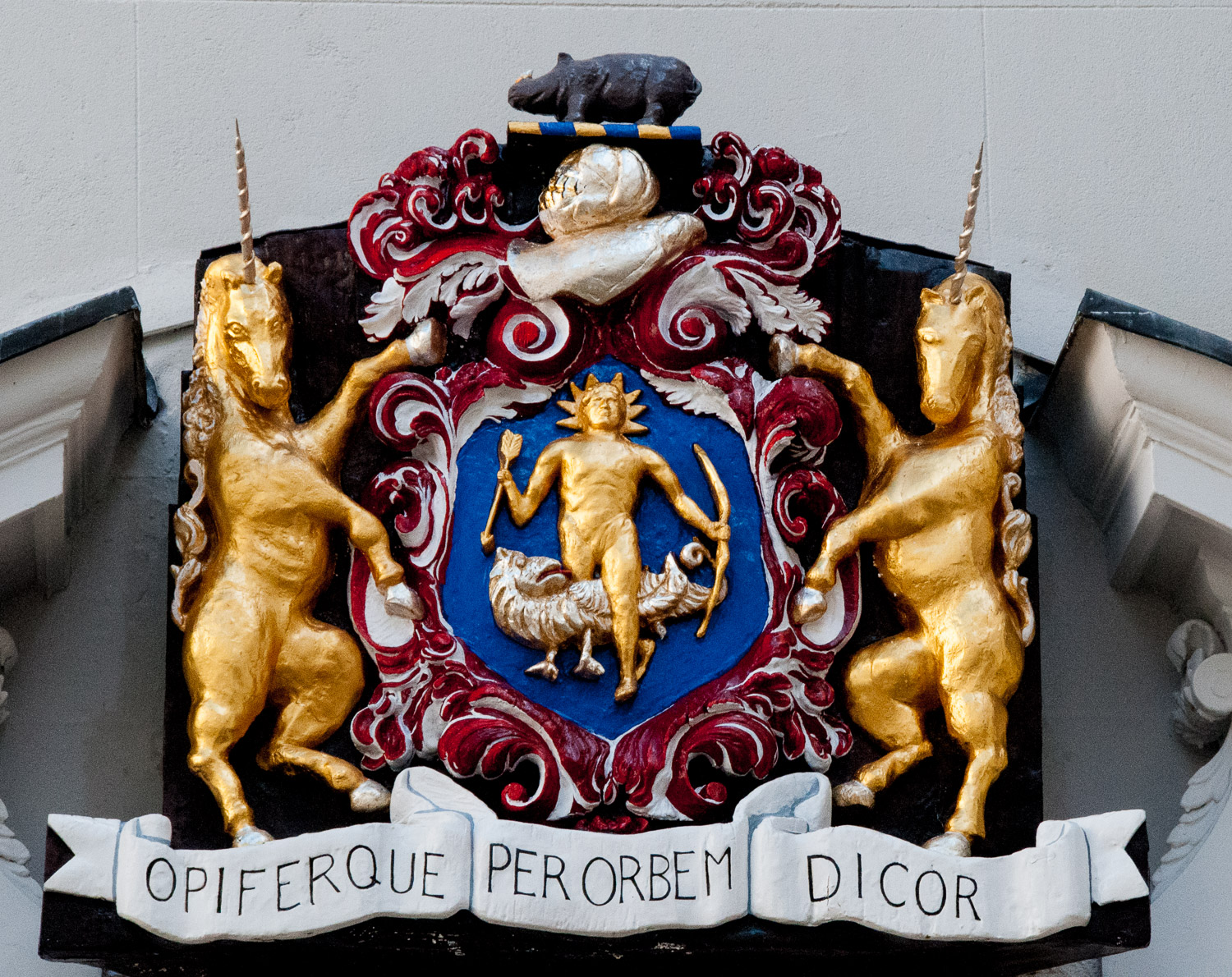
10. ‘Throughout the world I am called the bringer of help’ – The horns of the rhinoceros and the unicorn were reputed to be of medical use
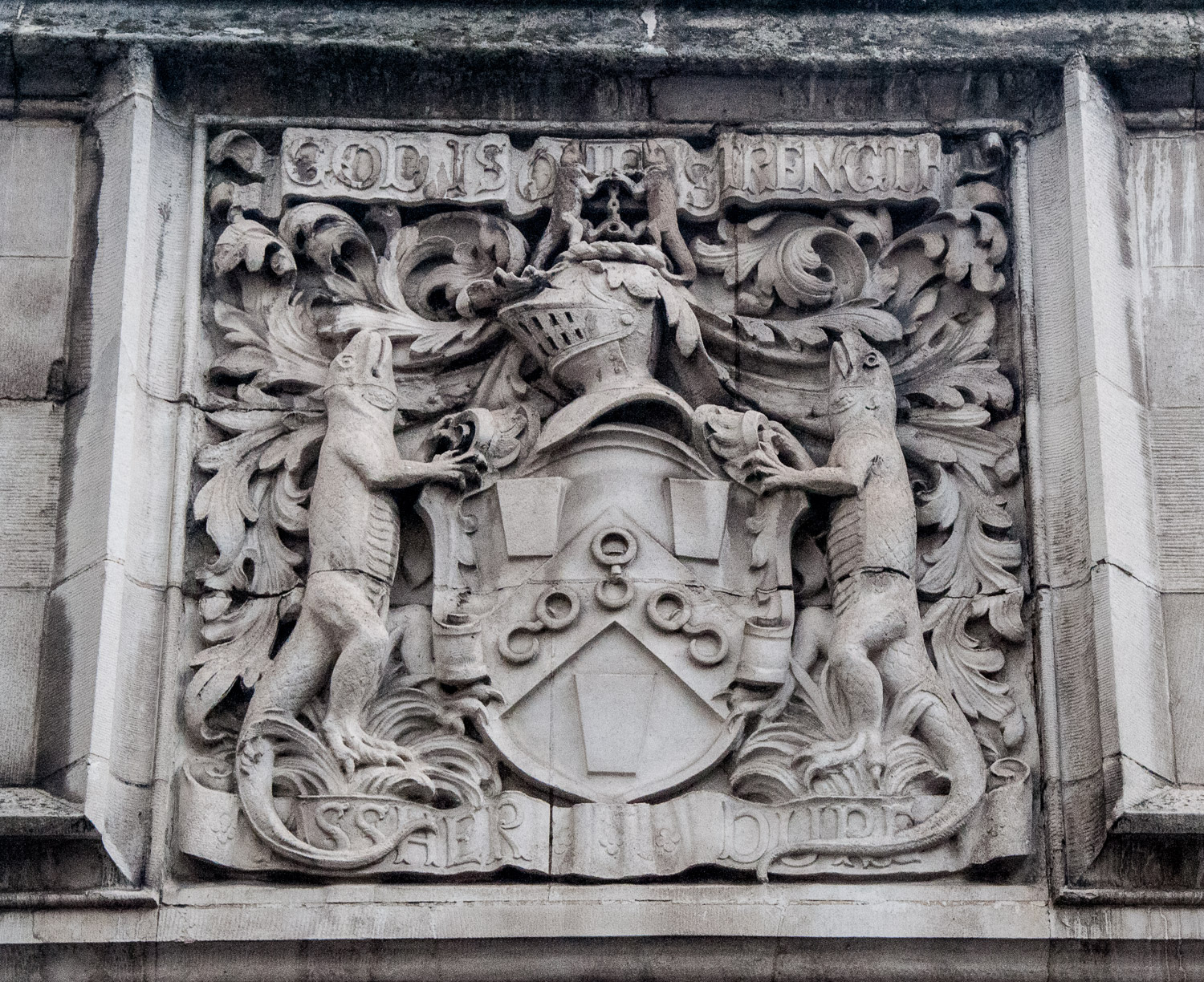
11. The motto is God is our Strength and if you look closely you will see four salamanders, the top two chained together. In medieval times they were reputed to be able to survive fire.
The final coat of arms belongs to an Honourable Company rather than a Worshipful one – a rare privilege bestowed on the company by King George V.
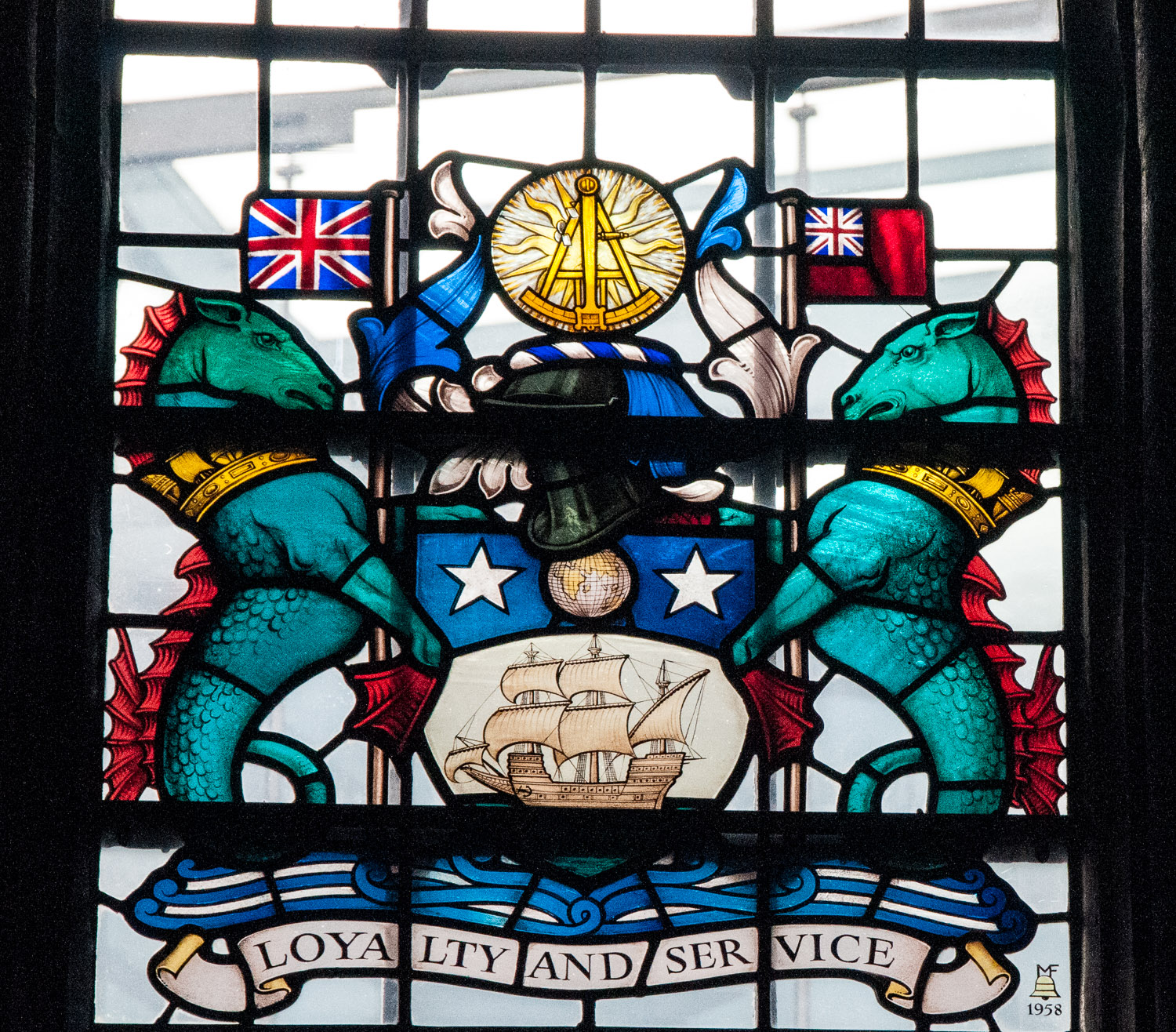
12. The ship is the Golden Hind in full sail and the Red Ensign flag and gold quadrant are also clues.
The answers are the Worshipful Companies of …
1. Tallow Chandlers : Dowgate Hill, London EC4R 2SH
2. Skinners : 8 1/2 Dowgate Hill, London EC4R 2SP
3. Dyers : 10 Dowgate Hill, London EC4R 2ST
4. Innholders : 30 College St, London EC4R 2RH
5. Clothworkers : Dunster Court, Mincing Lane, London EC3R 7AH
6. Saddlers : 40 Gutter Lane, London EC2V 6BR
7. Wax Chandlers : 6 Gresham St, London EC2V 7AD
8. Plaisterers : 1 London Wall, London EC2Y 5JU
9. Spectacle Makers : Apothecaries Hall, Black Friars Lane, London EC4V 6EL
10. Apothecaries : Black Friars Lane, London EC4V 6EJ
11. Ironmongers : Shaftesbury Place, Off Aldersgate Street, London EC2Y 8AA
12. The Honourable Company of Master Mariners : 4 Temple Place, WC2R 2PG (the picture is of their coat of arms in All Hallows by the Tower, Byward St, EC3R 5BJ)
If you would like to follow me on Instagram here is the link …
